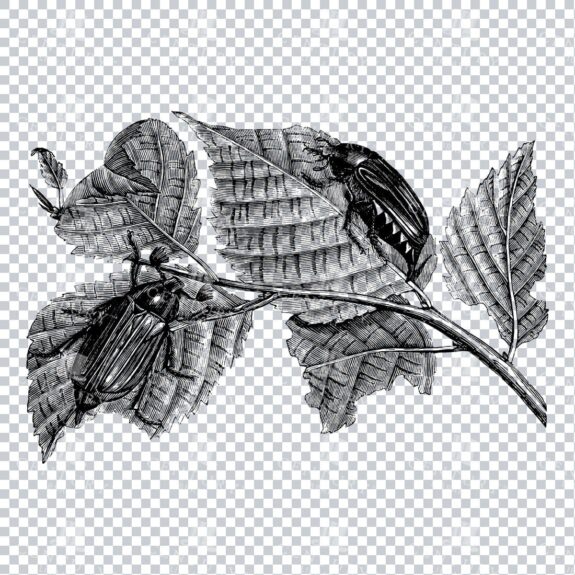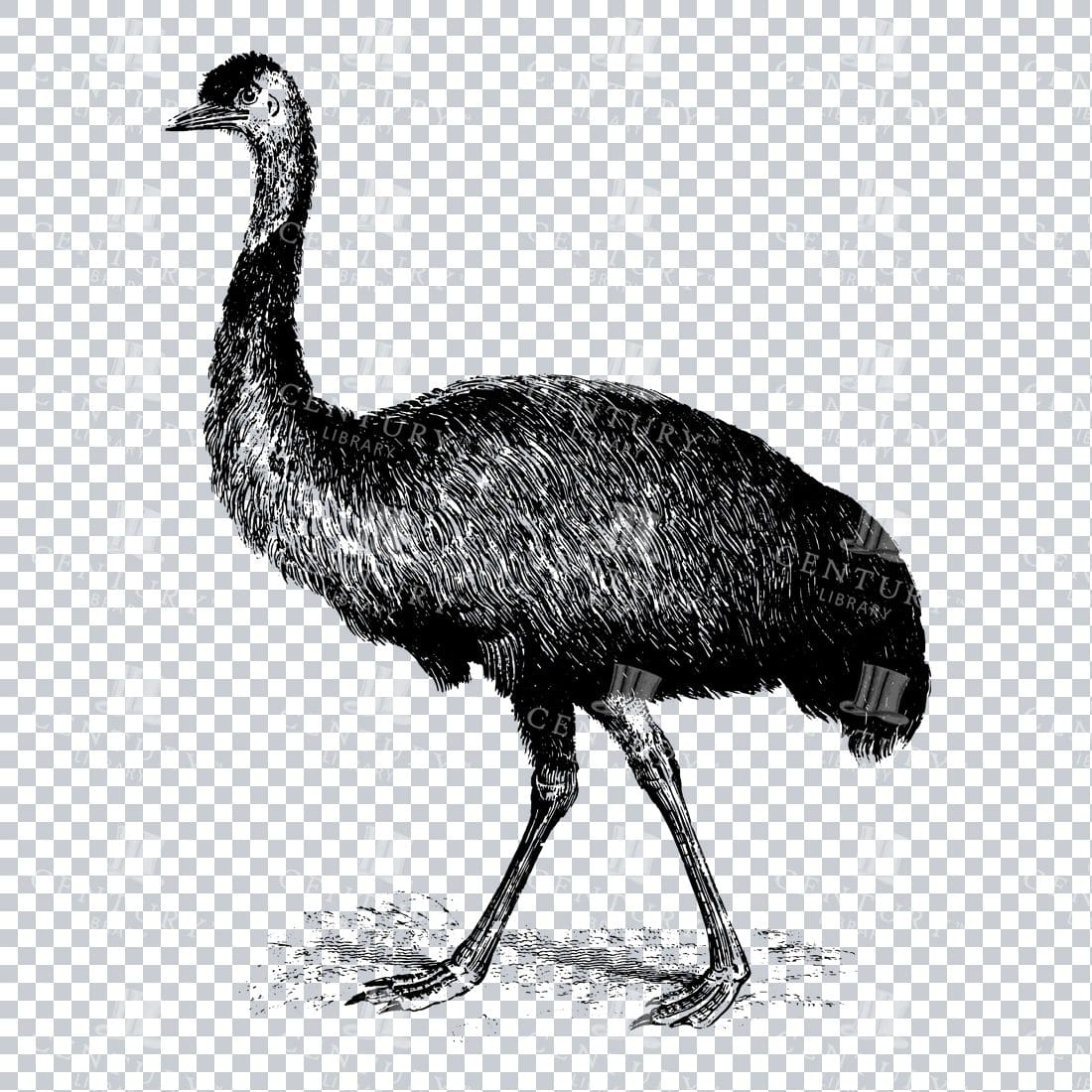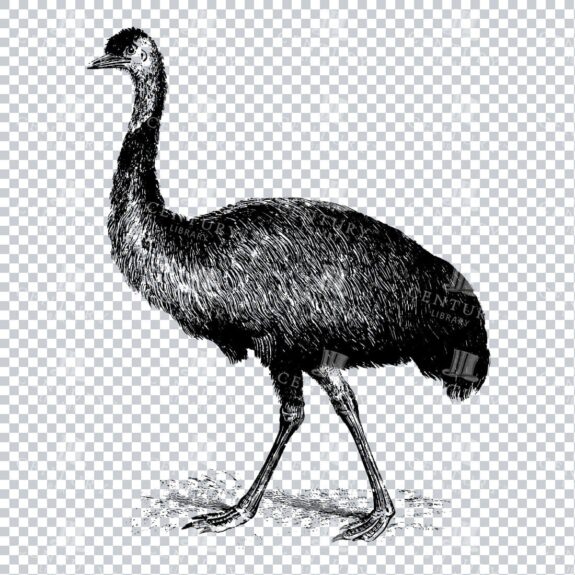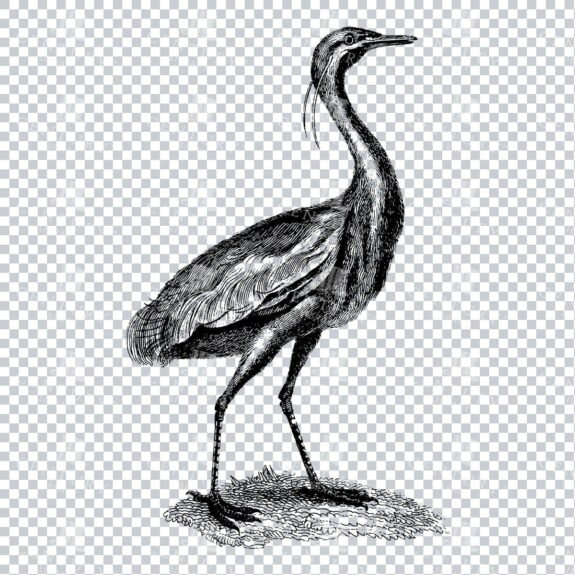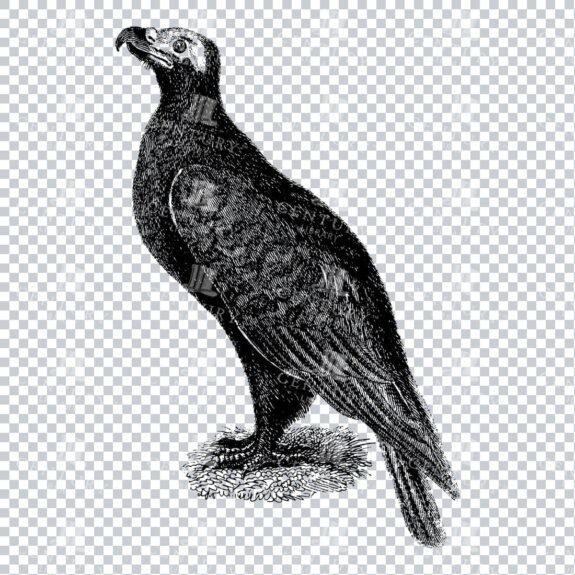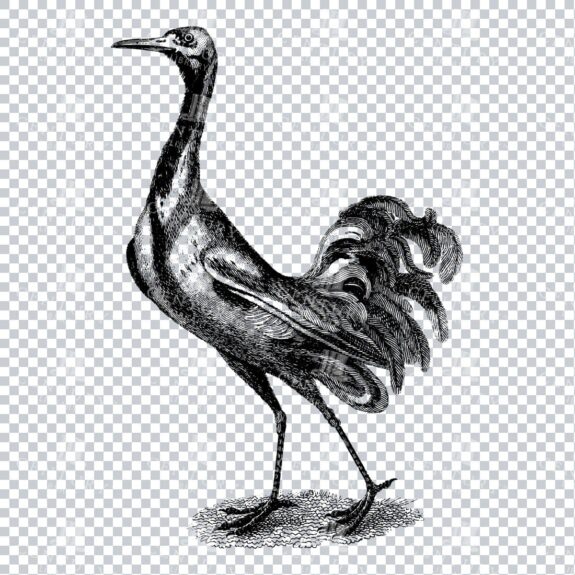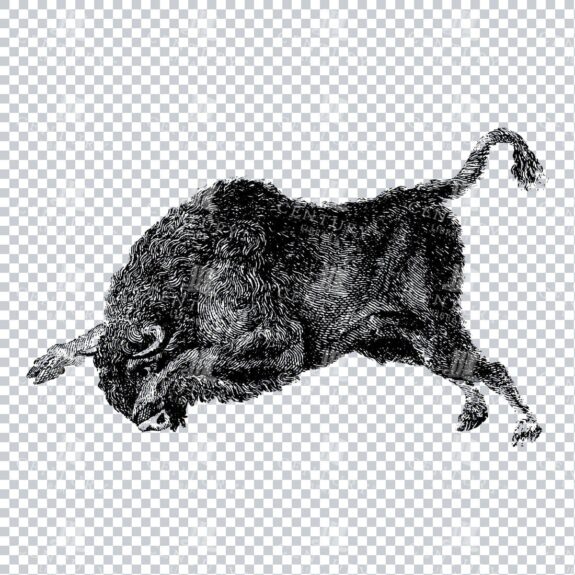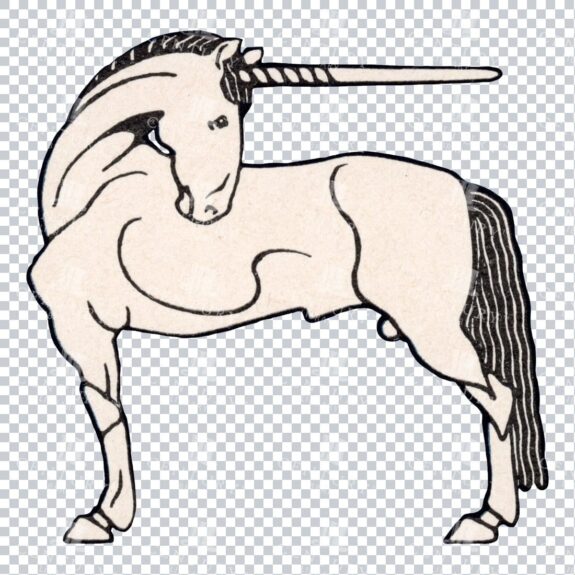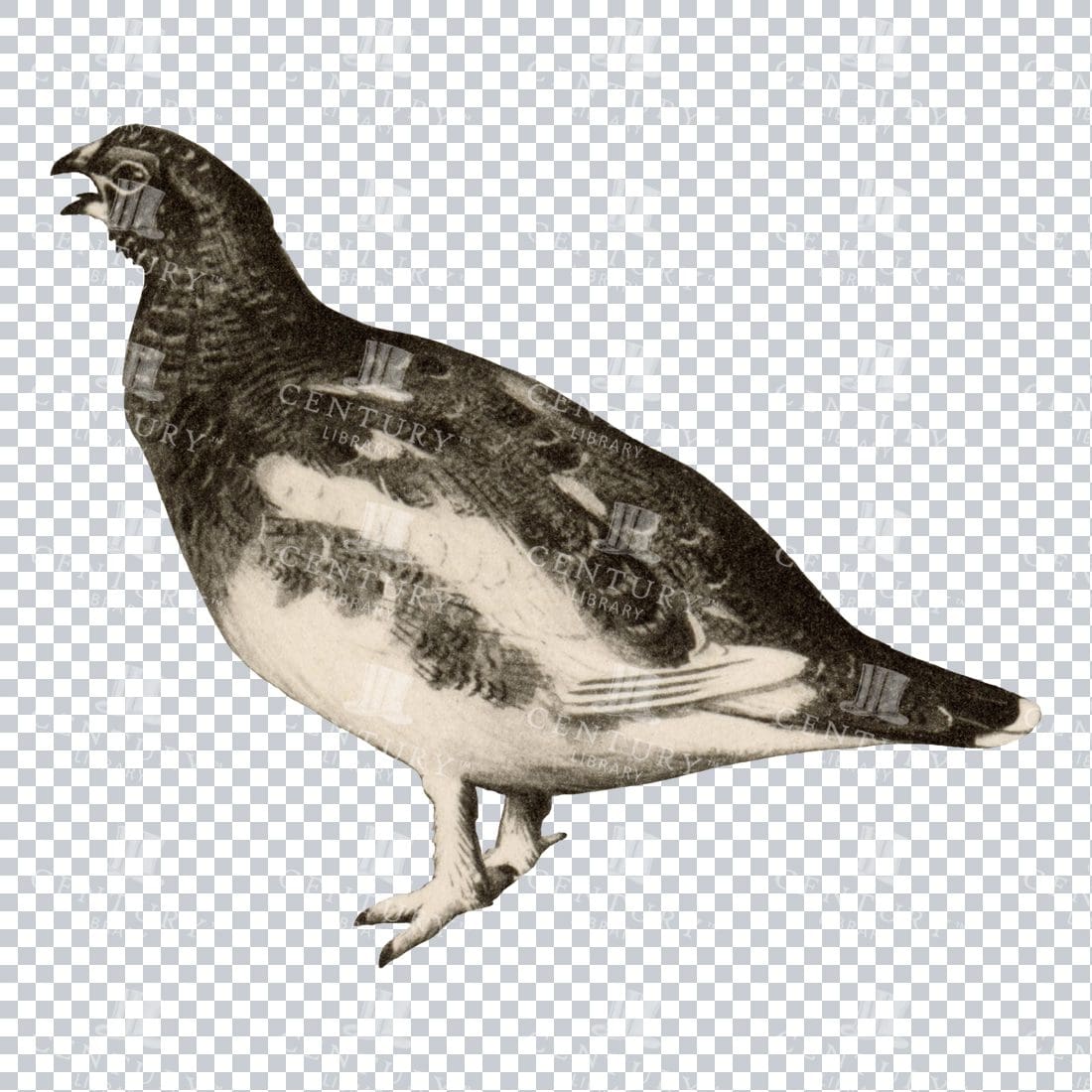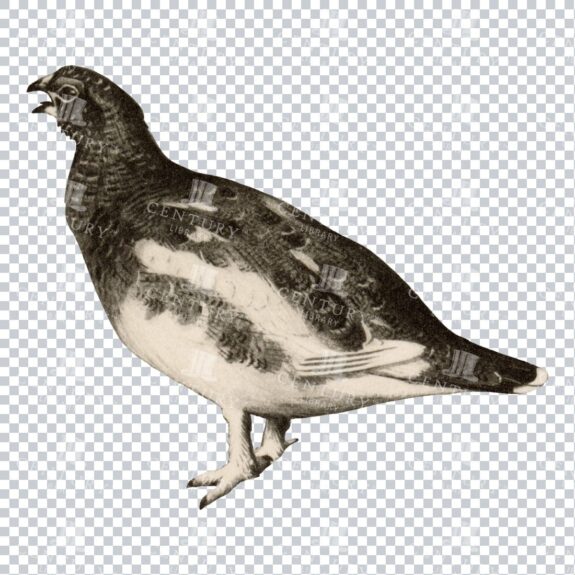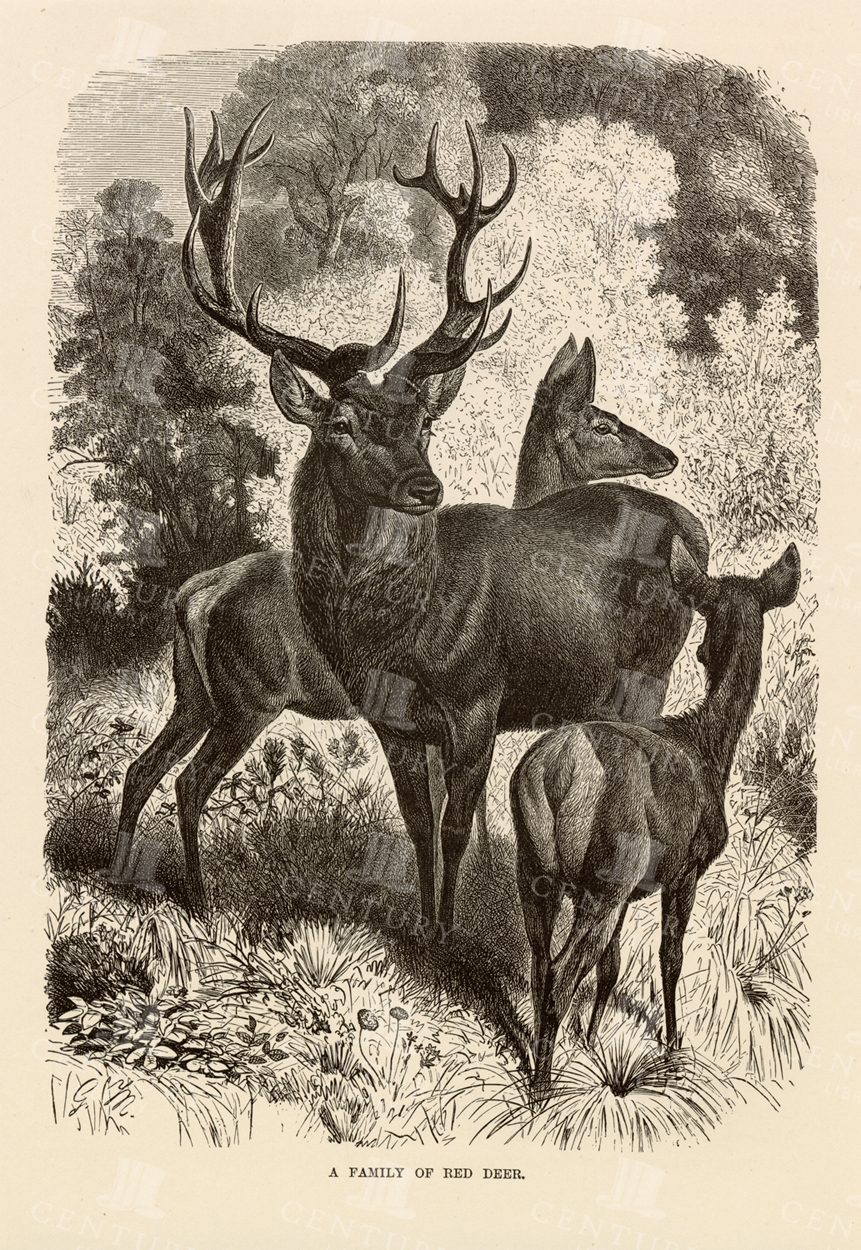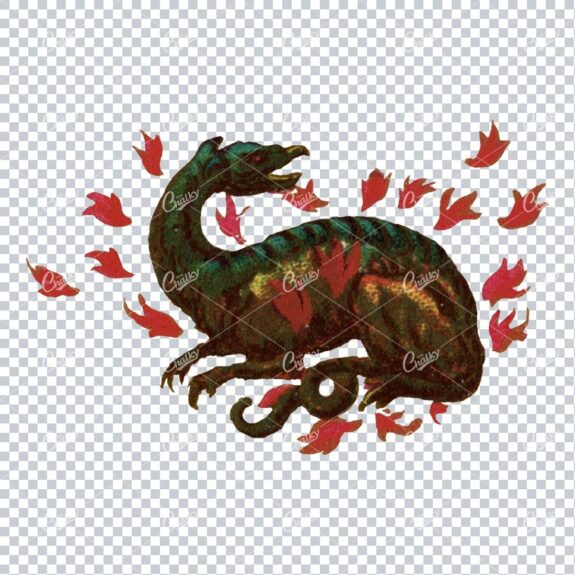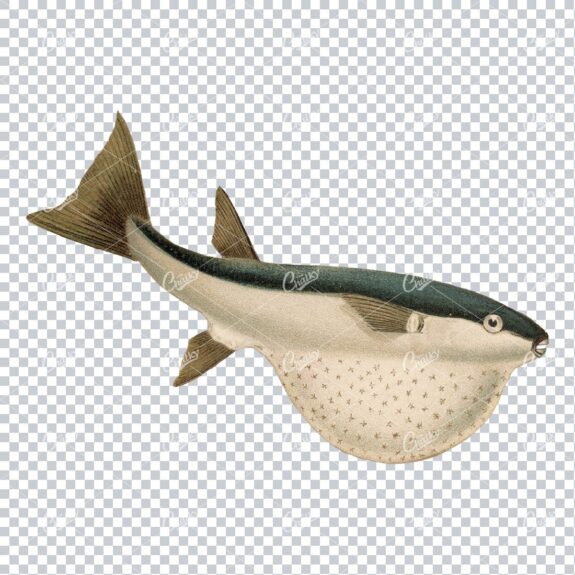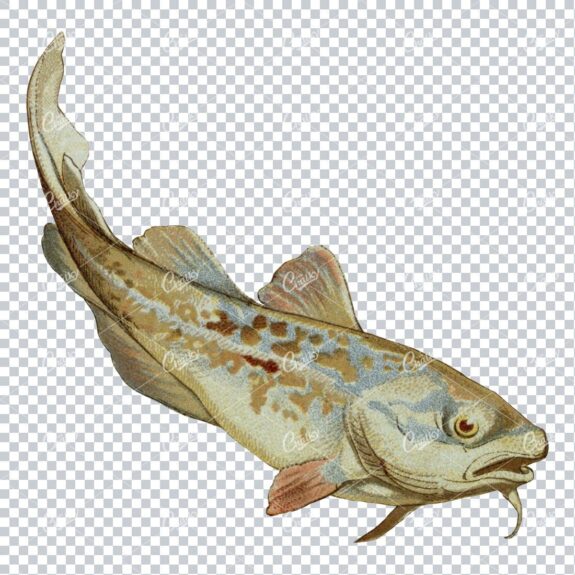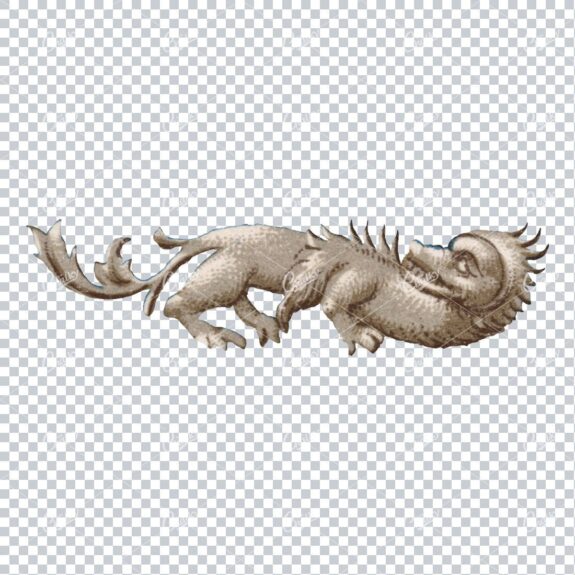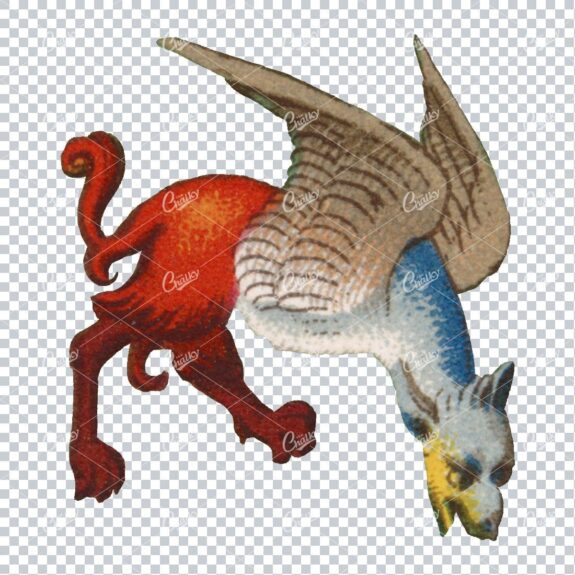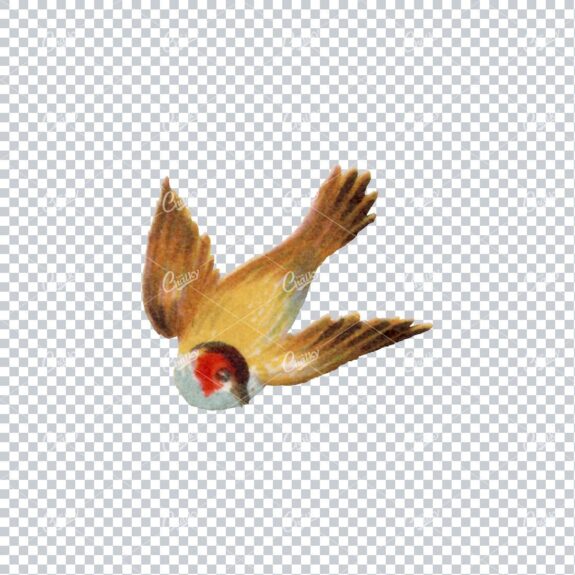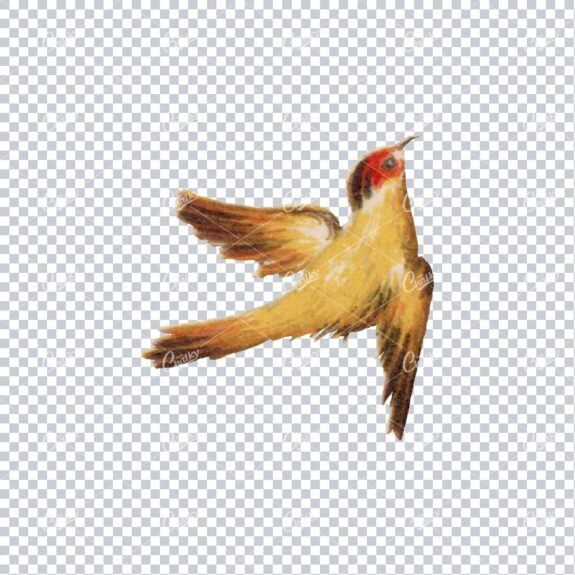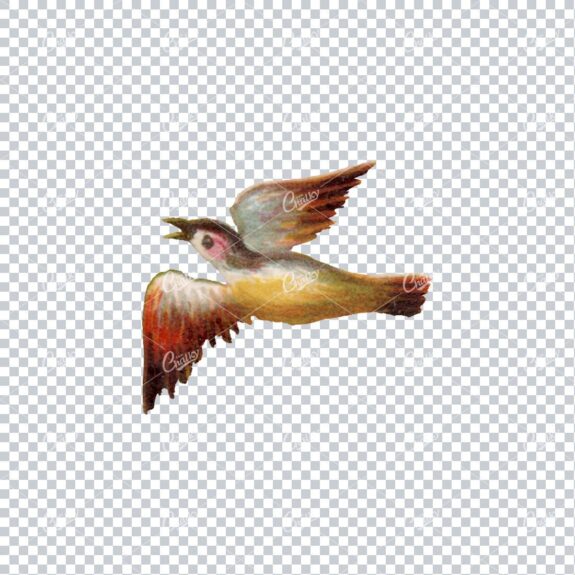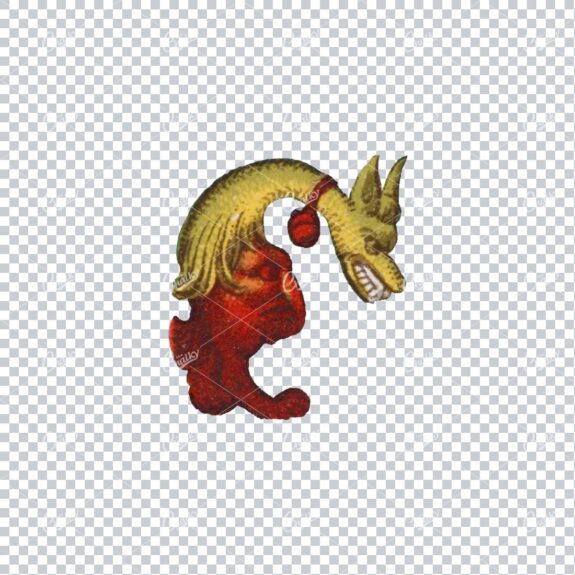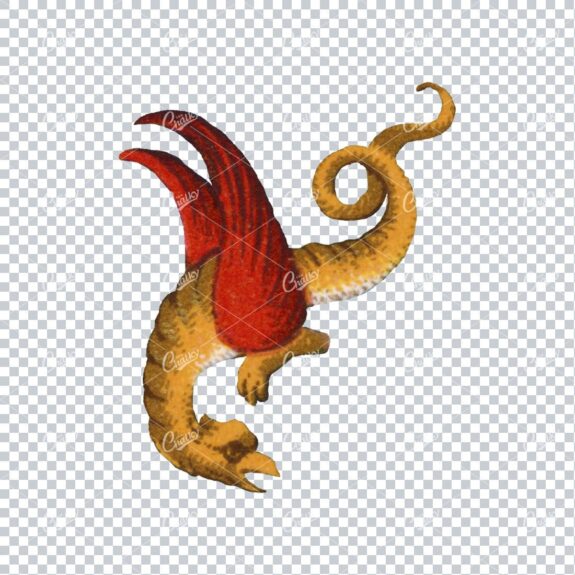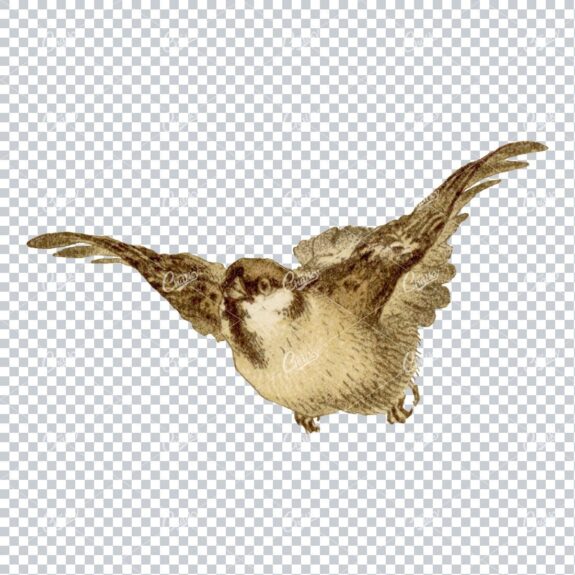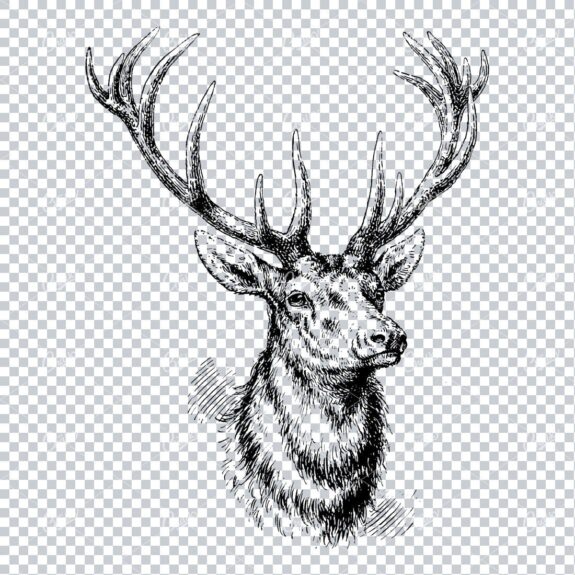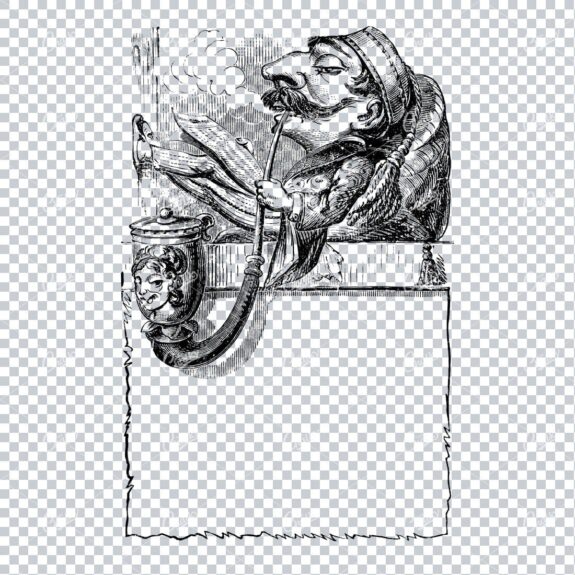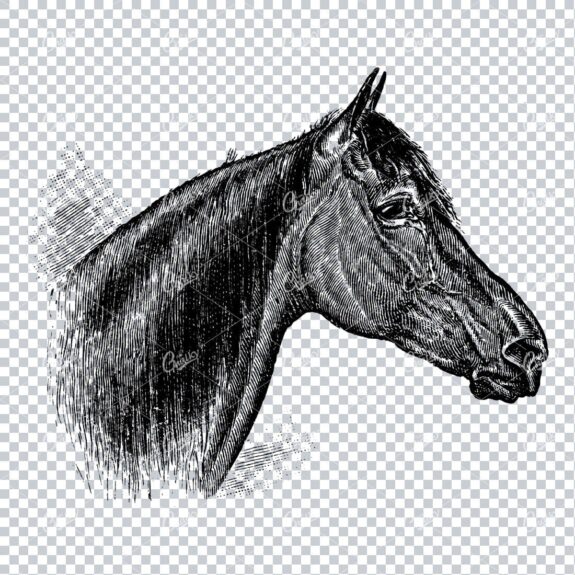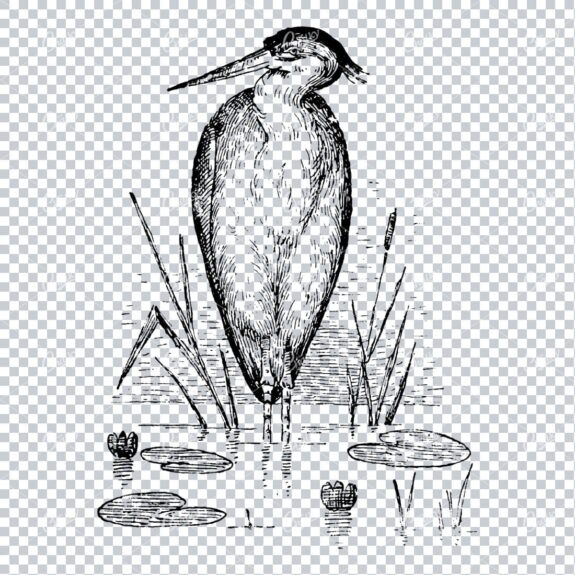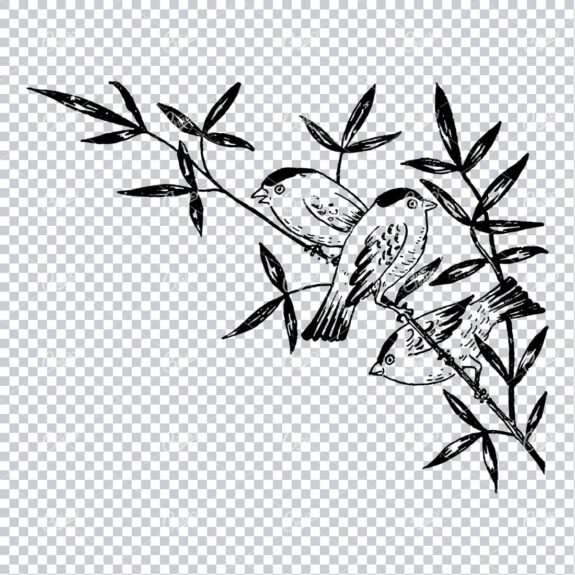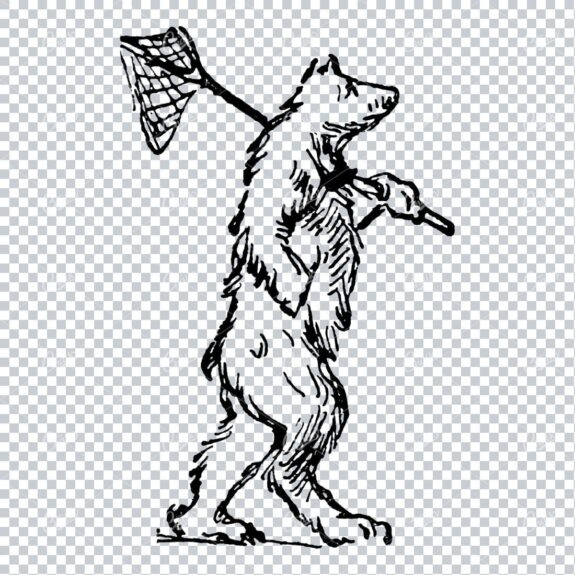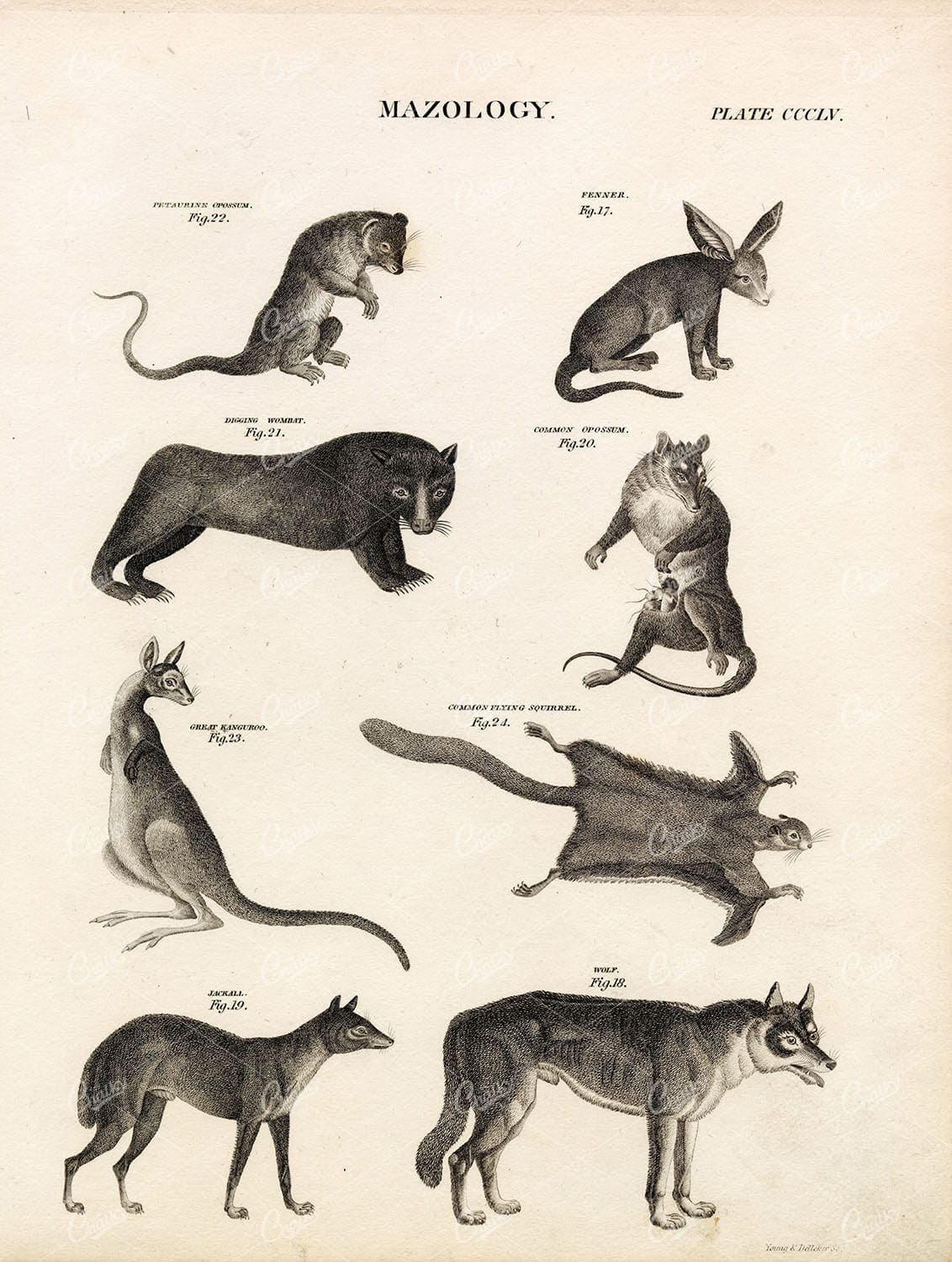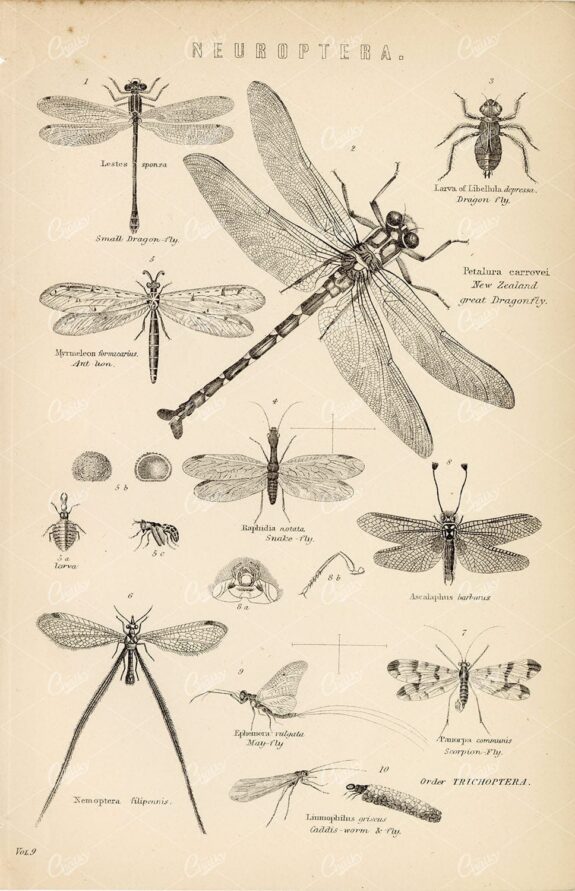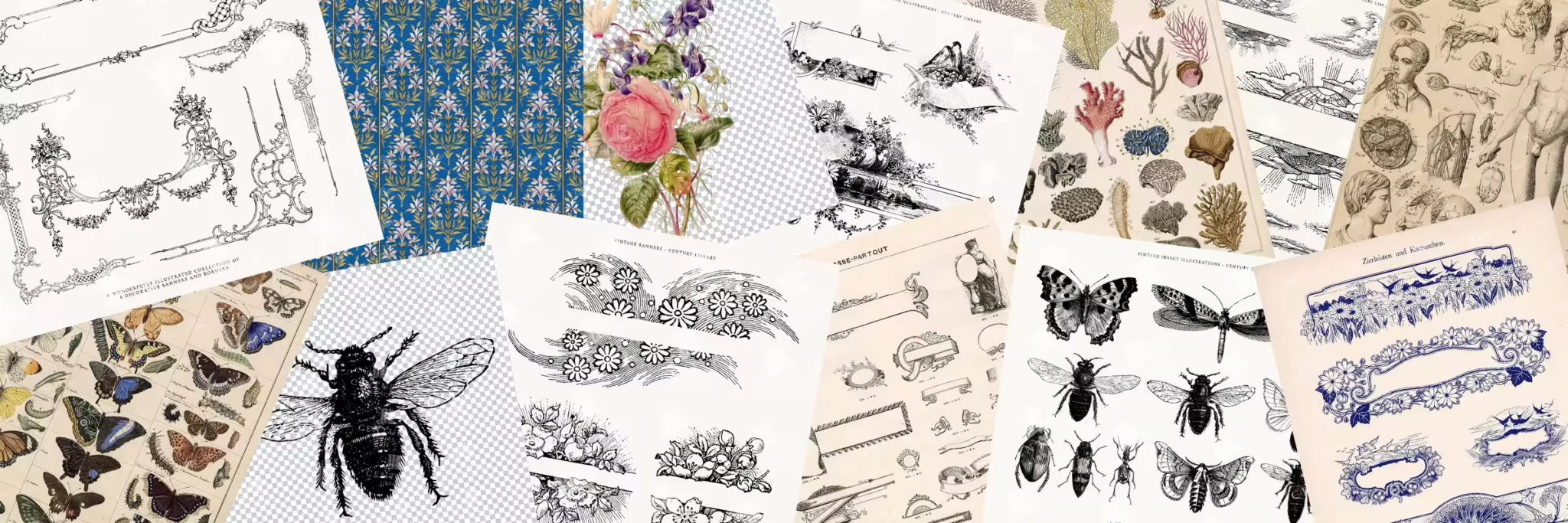
Vintage Stock Images
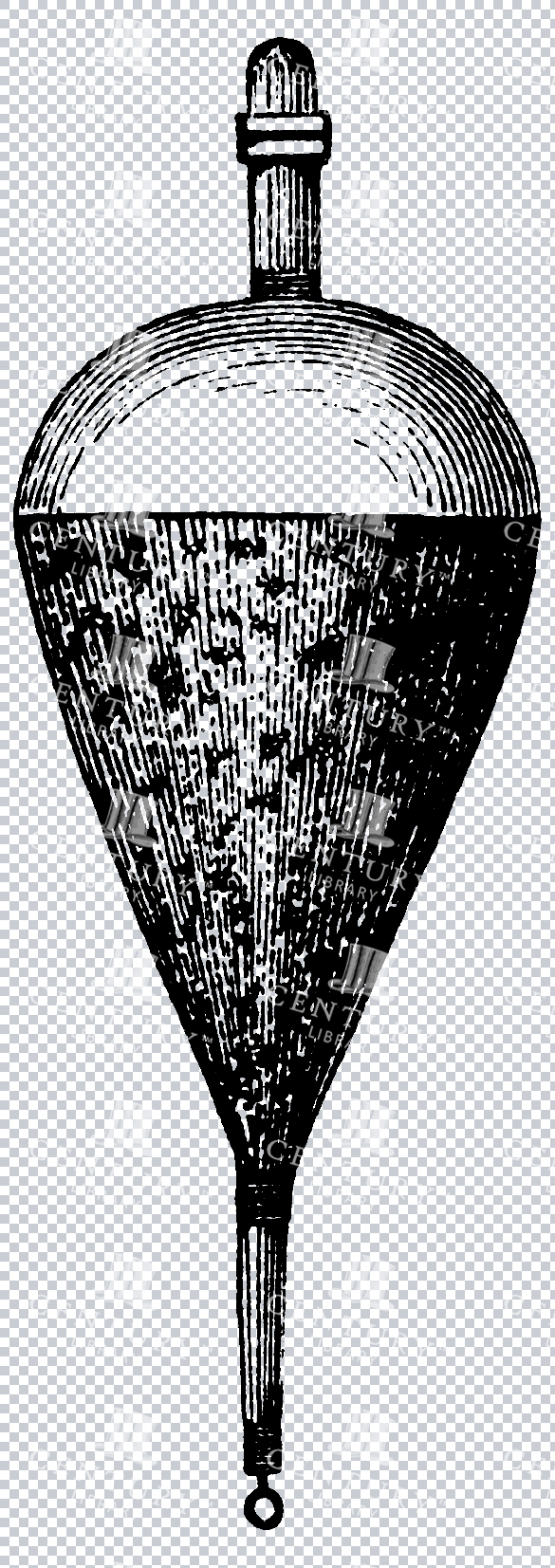

Vintage Fishing Float Equipment Line Art Illustration
A vintage line art illustration of fishing float equipment, perfect for angling, nature, and outdoor-themed designs.
- Image Type(s): PNG
Related Images
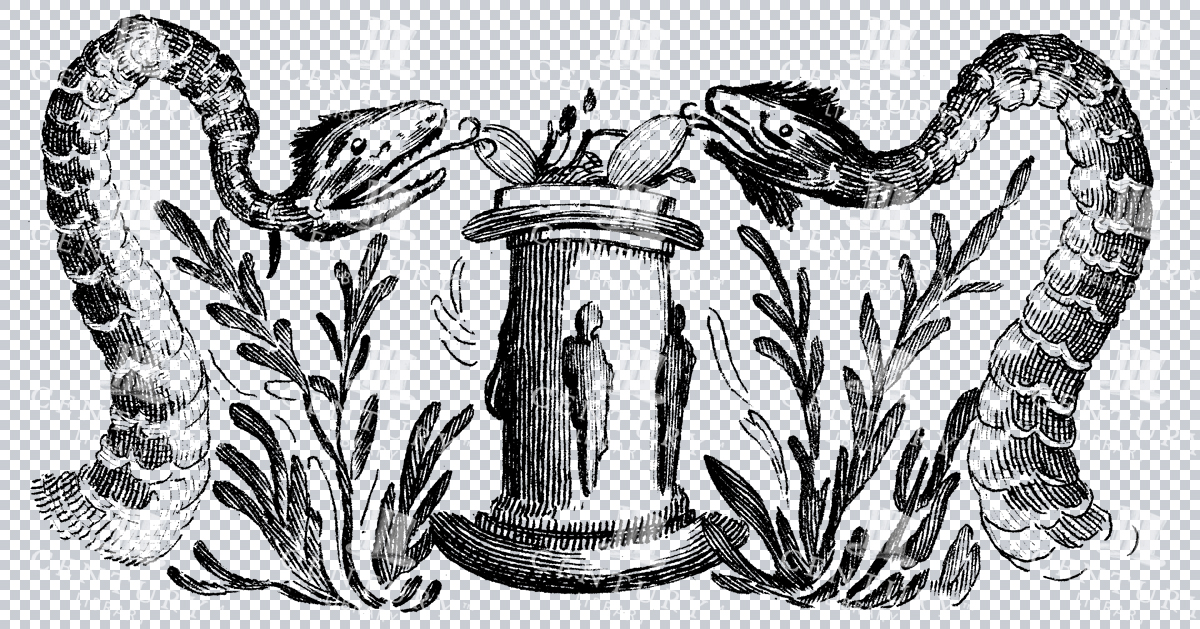

Two Snakes Mythical Vintage Line Art Illustration PNG
A vintage line art illustration of two mythical snakes, isolated in PNG format, perfect for decorative, mythical, and nature-themed projects.
- Image Type(s): PNG
Related Images
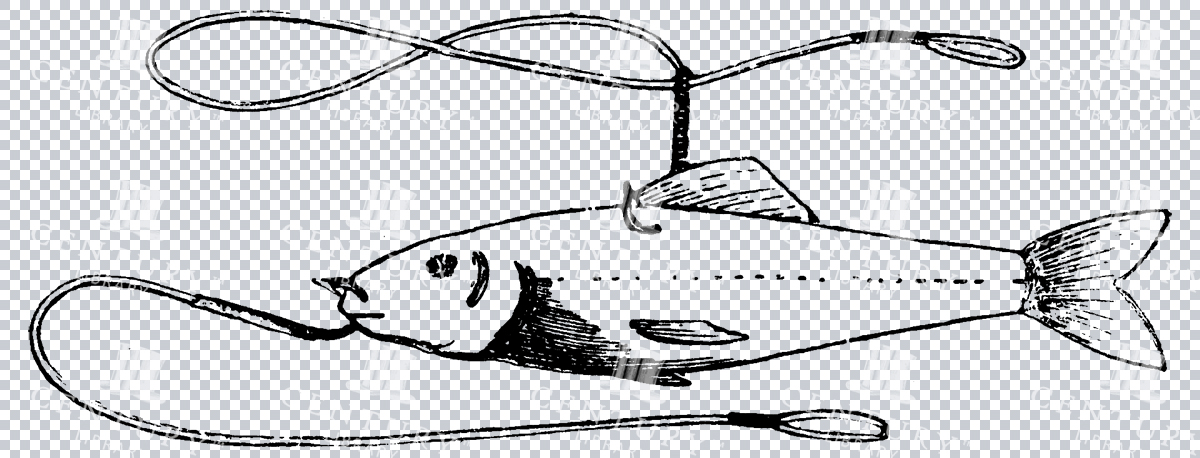

Old Line Art Illustration of a Fish on End of Fishing Line
A vintage line art illustration of a fish on the end of a fishing line, captured in a detailed and isolated format, perfect for fishing-themed designs.
- Image Type(s): PNG
Related Images
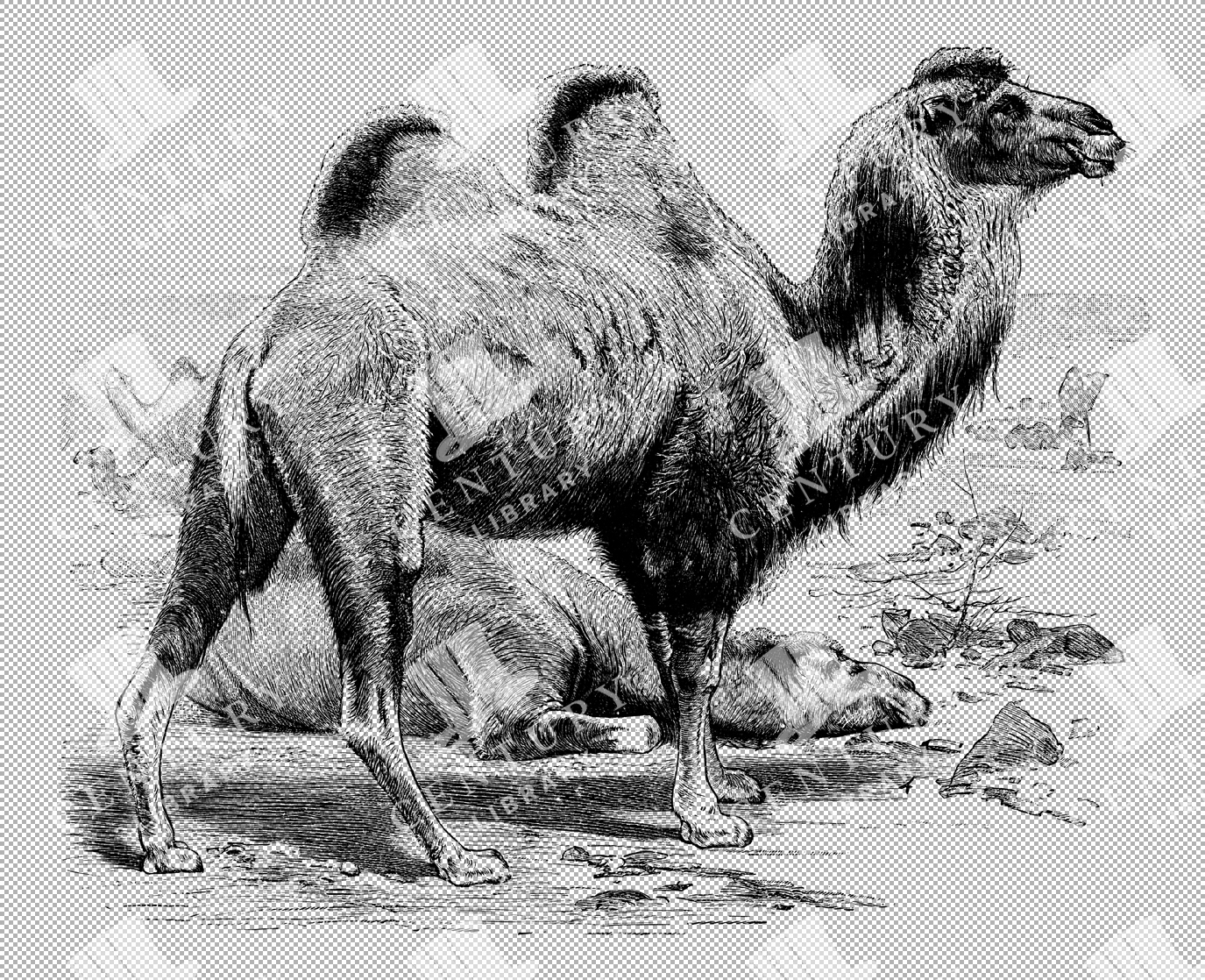

Bactrian Camels in Desert One Standing One Lying Line Art
Illustration of two Bactrian Camels in a desert setting, with one standing and another lying in the background, captured in detailed line art
- Resolution: 4745px x 3861px
- Image Type(s): PNG
Related Images
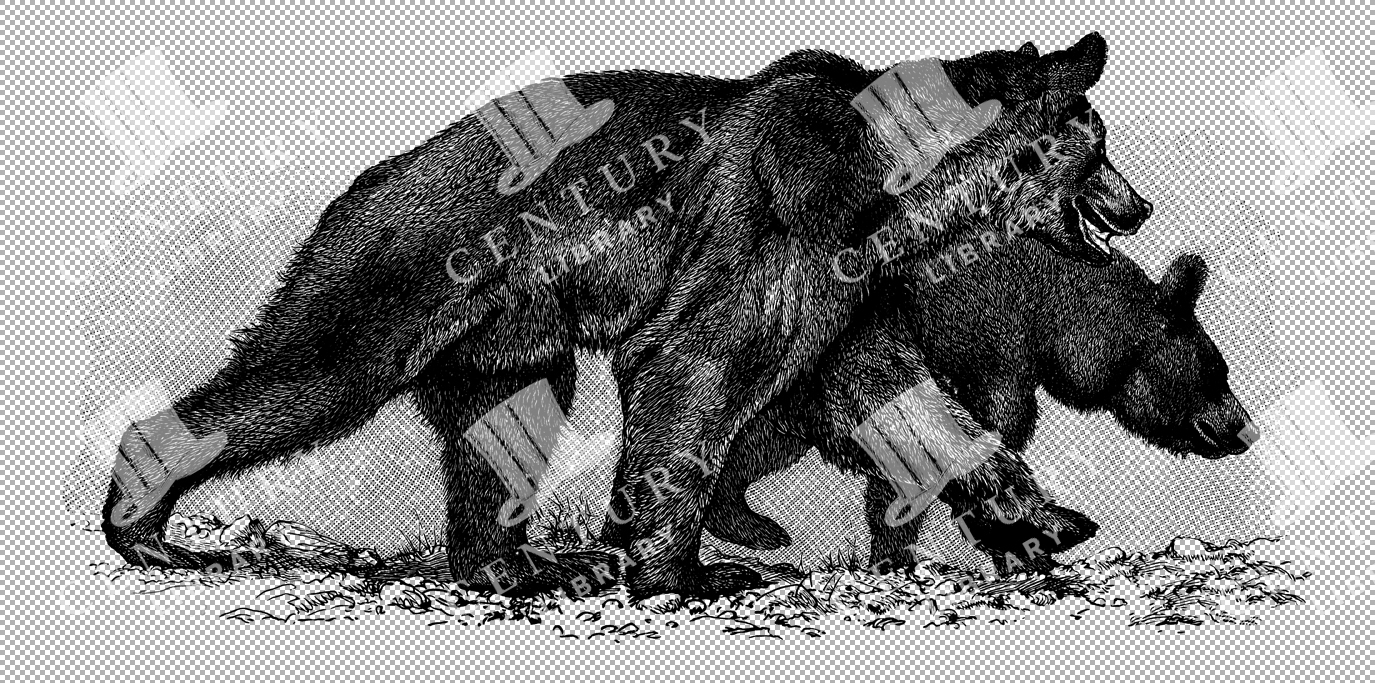

Vintage Illustration of a Pair of Bears Walking Together as Transparent PNG
A vintage illustration depicting a pair of bears walking side by side, capturing their natural behavior. This transparent PNG is suitable for wildlife and nature-themed projects, emphasizing the bond between the two bears.
- Resolution: 4671px x 2320px
- Image Type(s): PNG
Related Images


Illustration of a Bactrian Camel
A vintage style illustration of a Bactrian camel with two humps, standing in a desert landscape. The artwork details the camel’s thick fur and characteristic facial expression, highlighting its adaptation to harsh environments.
- Resolution: 4724px x 4308px
- Image Type(s): PNG
Related Images
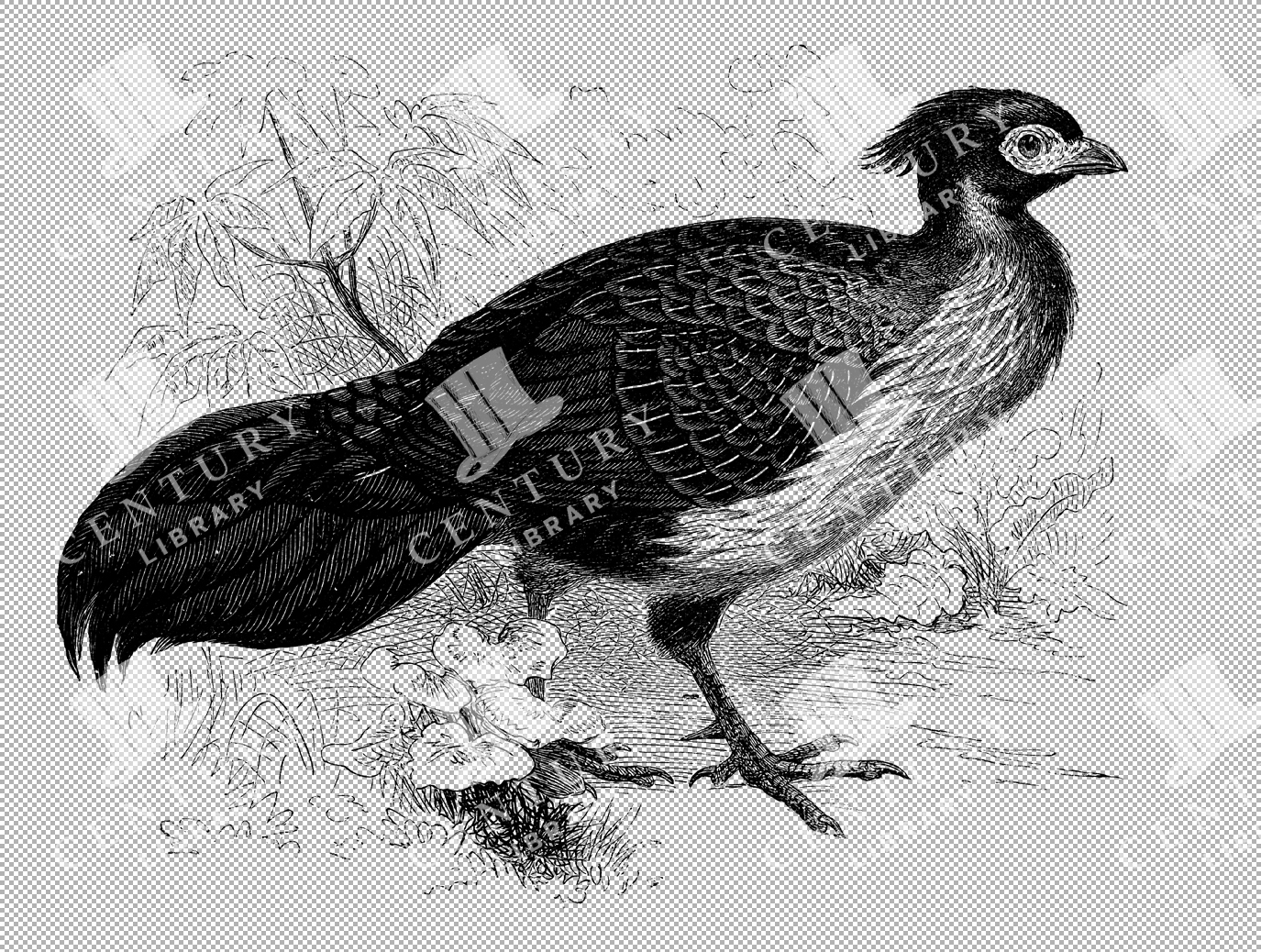

Antique Illustration of a Black Pheasant Standing in a Natural Habitat from the 1800s
An 1800s vintage illustration showcasing a black pheasant standing amidst natural surroundings, highlighting its distinctive plumage and posture.
- Resolution: 4816px x 3636px
- Image Type(s): PNG
Related Images
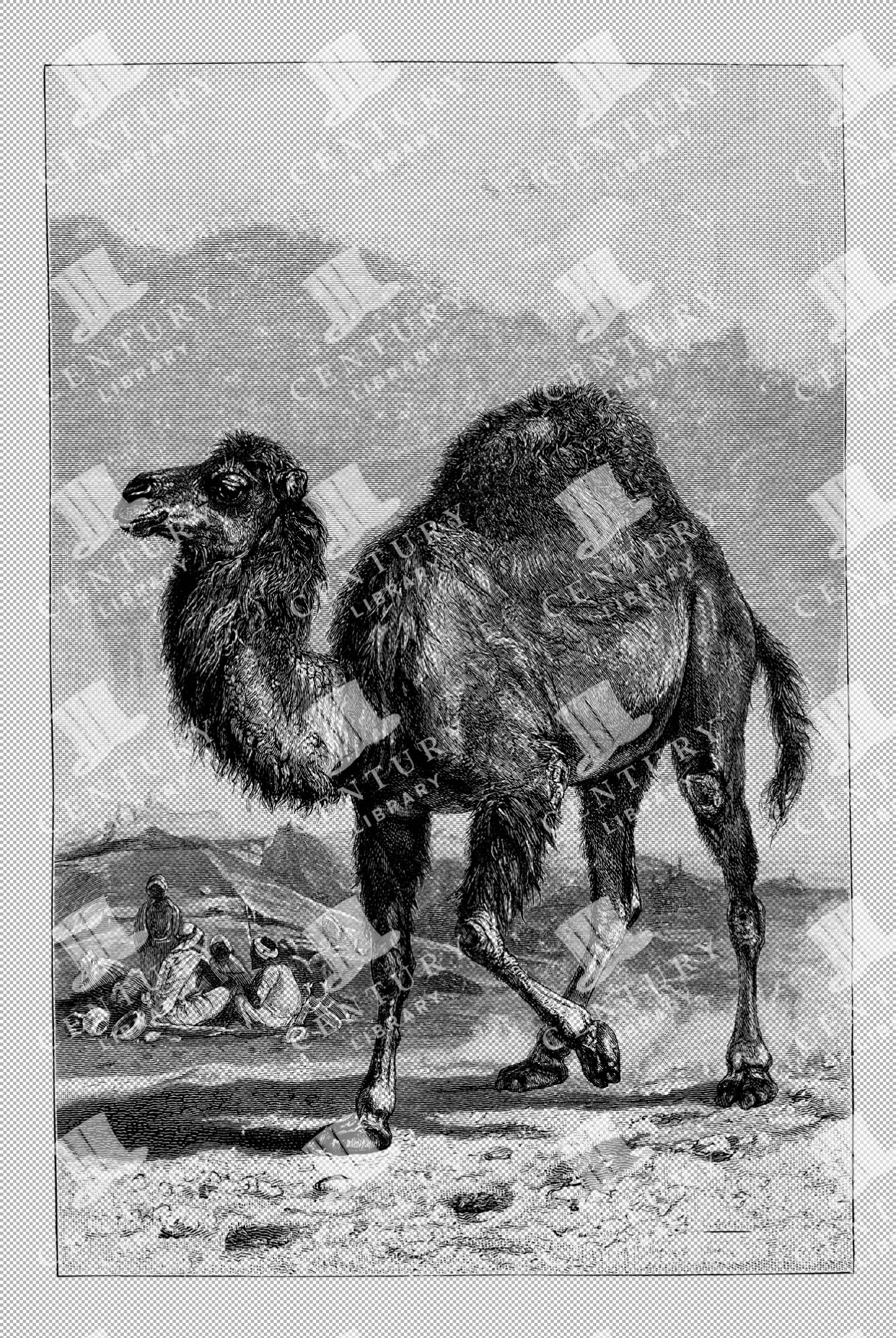

Antique 1800s Illustration of an Arabian Camel in Desert Landscape
This vintage illustration from the 1800s depicts an Arabian camel standing in a desert landscape, capturing the animal’s distinctive humps and adapted features for arid environments.
- Resolution: 4710px x 7033px
- Image Type(s): PNG
Related Images
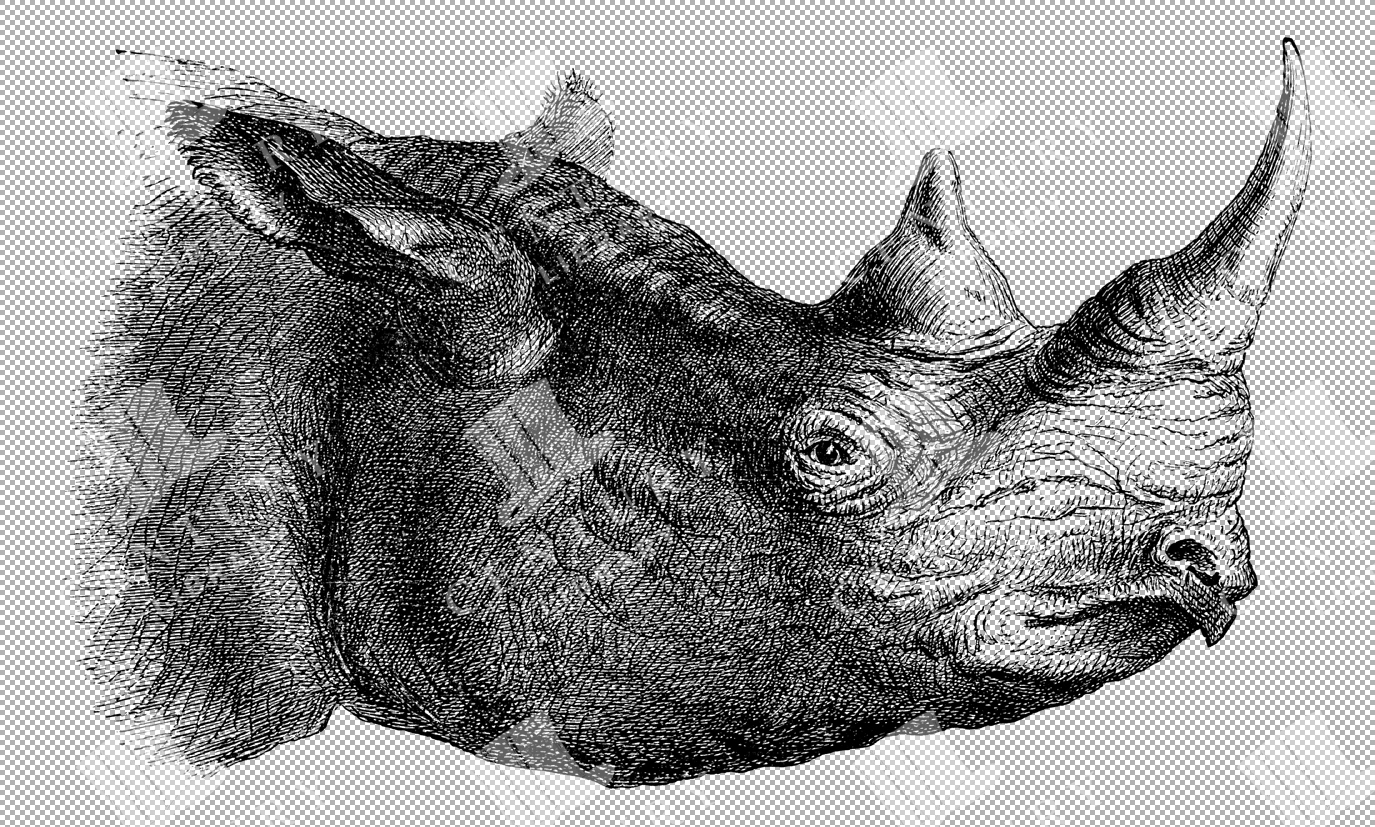

Antique Illustration of an African Rhinoceros with Two Prominent Horns
A highly detailed antique illustration from the 1800s showcasing an African rhinoceros, notable for its two distinct horns and textured skin, typical of historical wildlife art.
- Resolution: 3547px x 2134px
- Image Type(s): PNG
Related Images
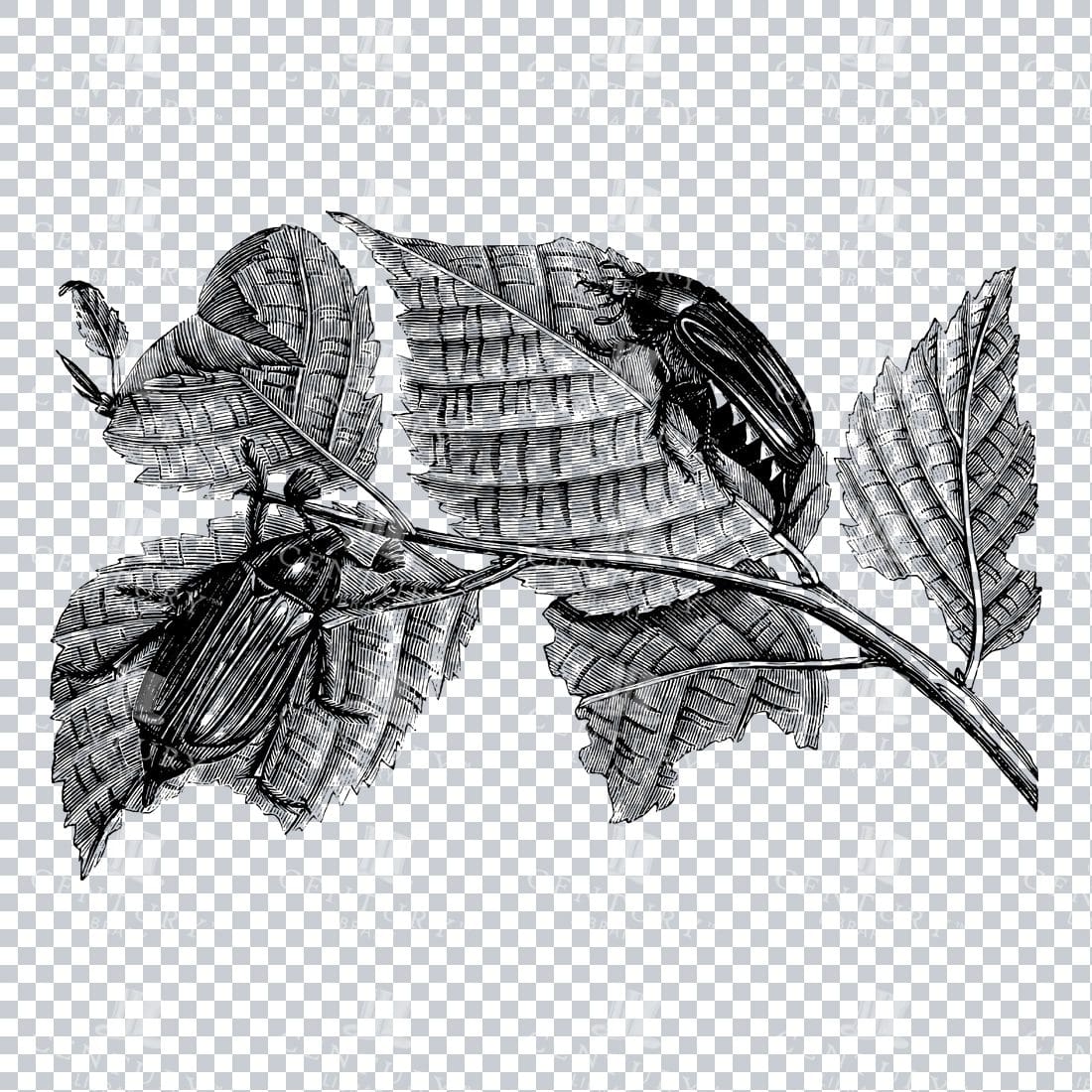

Illustration of May Bugs on a Branch / Leaf
- License Info
- Resolution: 4712px x 3180px


Vintage Illustration of an Egret Bird – Wild – Animal
- License Info
- Resolution: 2415px x 3893px
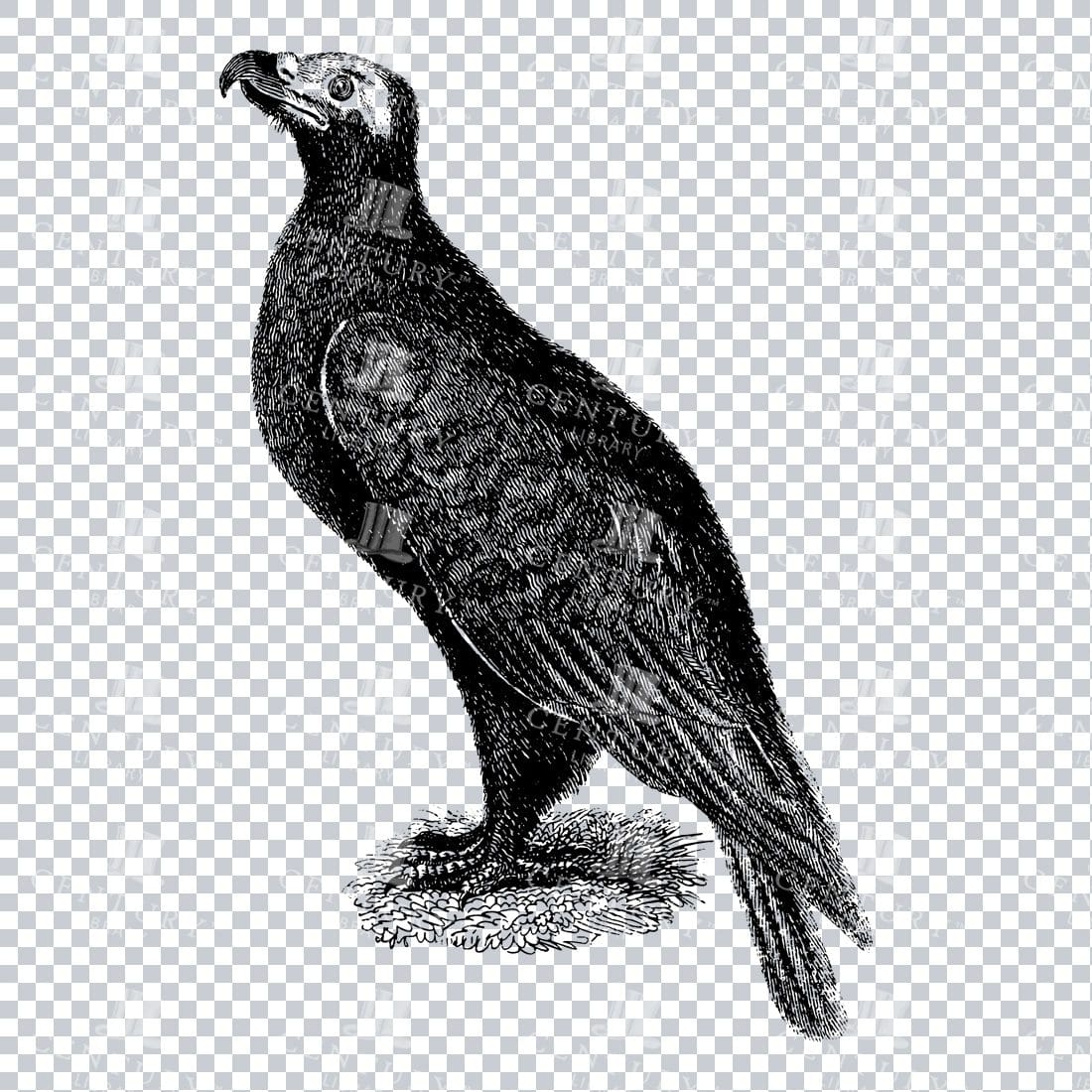

Vintage Line Art Illustration of an Eagle No.1
- License Info
- Resolution: 1786px x 2716px
Related Images
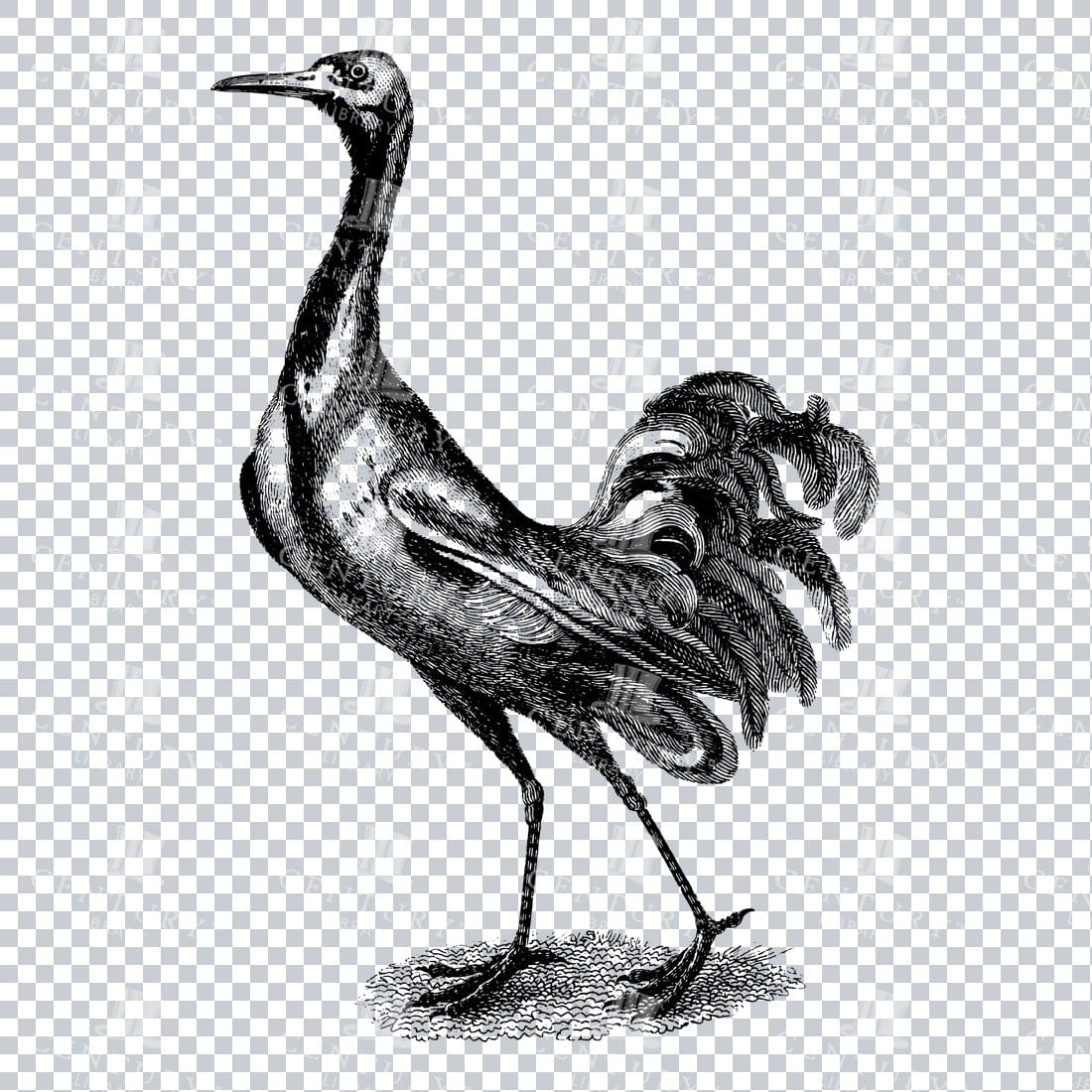

Vintage Line Art Illustration of a Bird
- License Info
- Resolution: 1733px x 2568px
Related Images
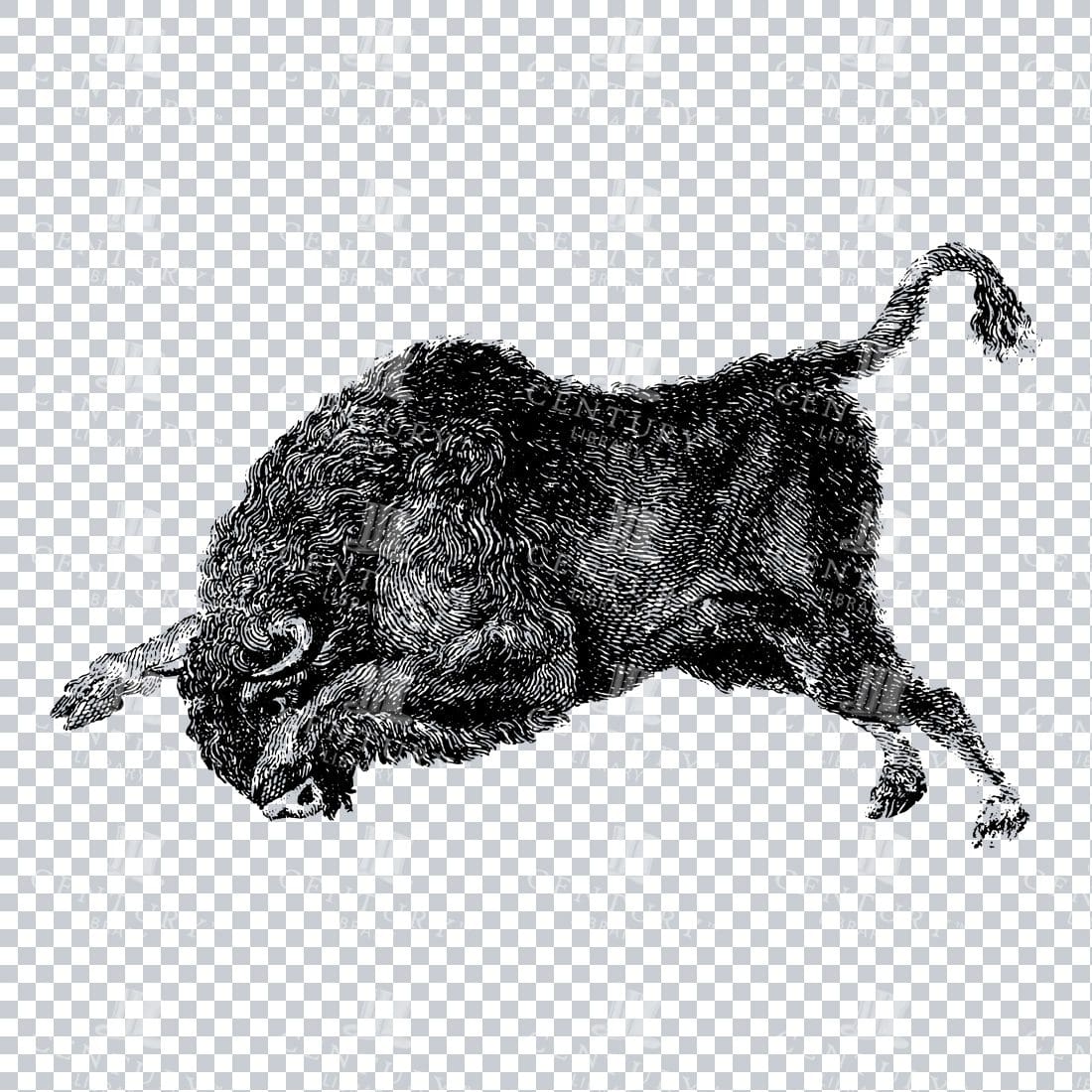

Vintage Line Art Illustration of a Wild Bison Charging
- License Info
- Resolution: 2723px x 1663px
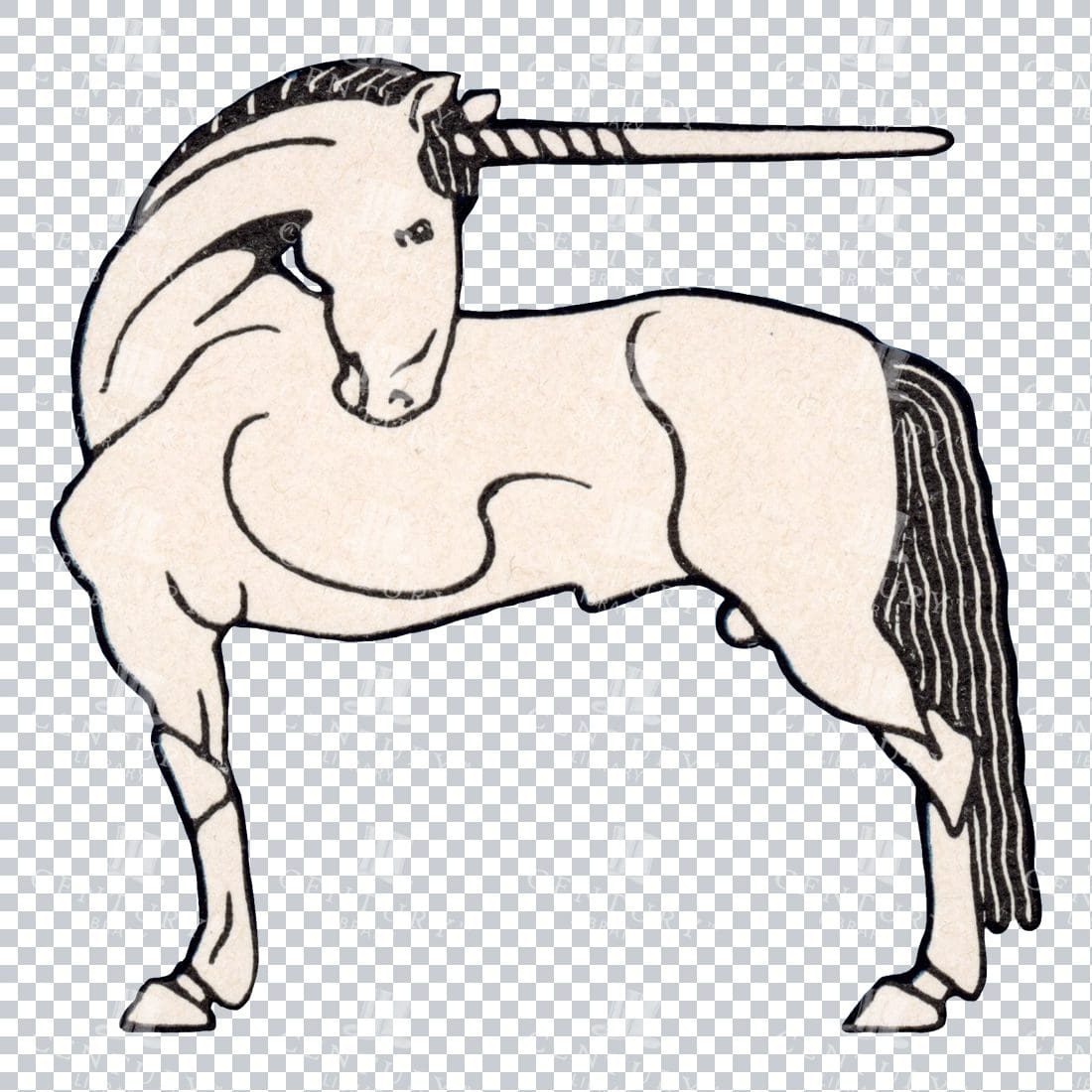

Vintage Art Deco PNG Illustration of a Unicorn
- License Info
- Resolution: 1587px x 1560px
Related Images
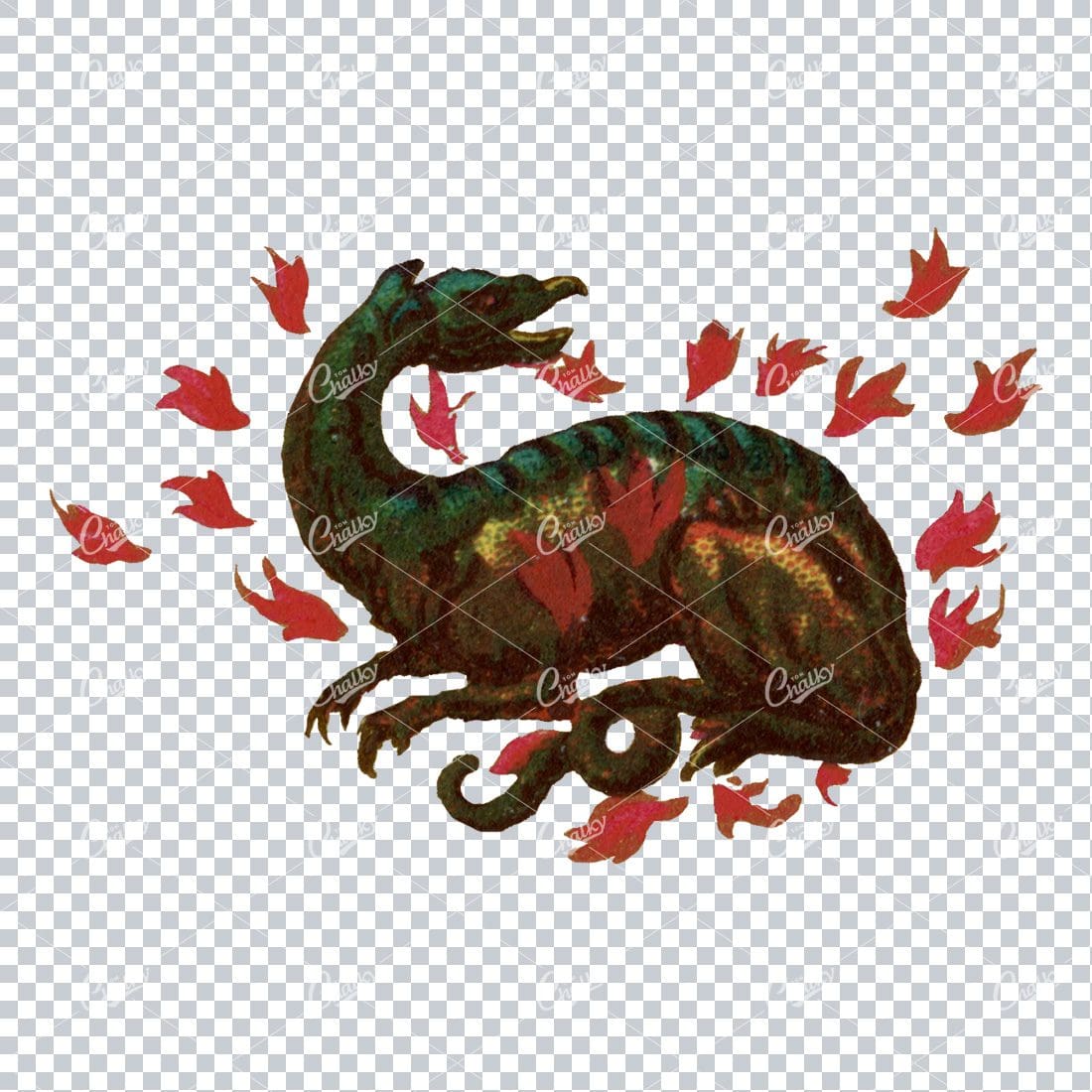

Small Insignia Vintage Color Illustration of a Dinosaur / Dragon in Flames
- License Info
- Resolution: 1193px x 766px
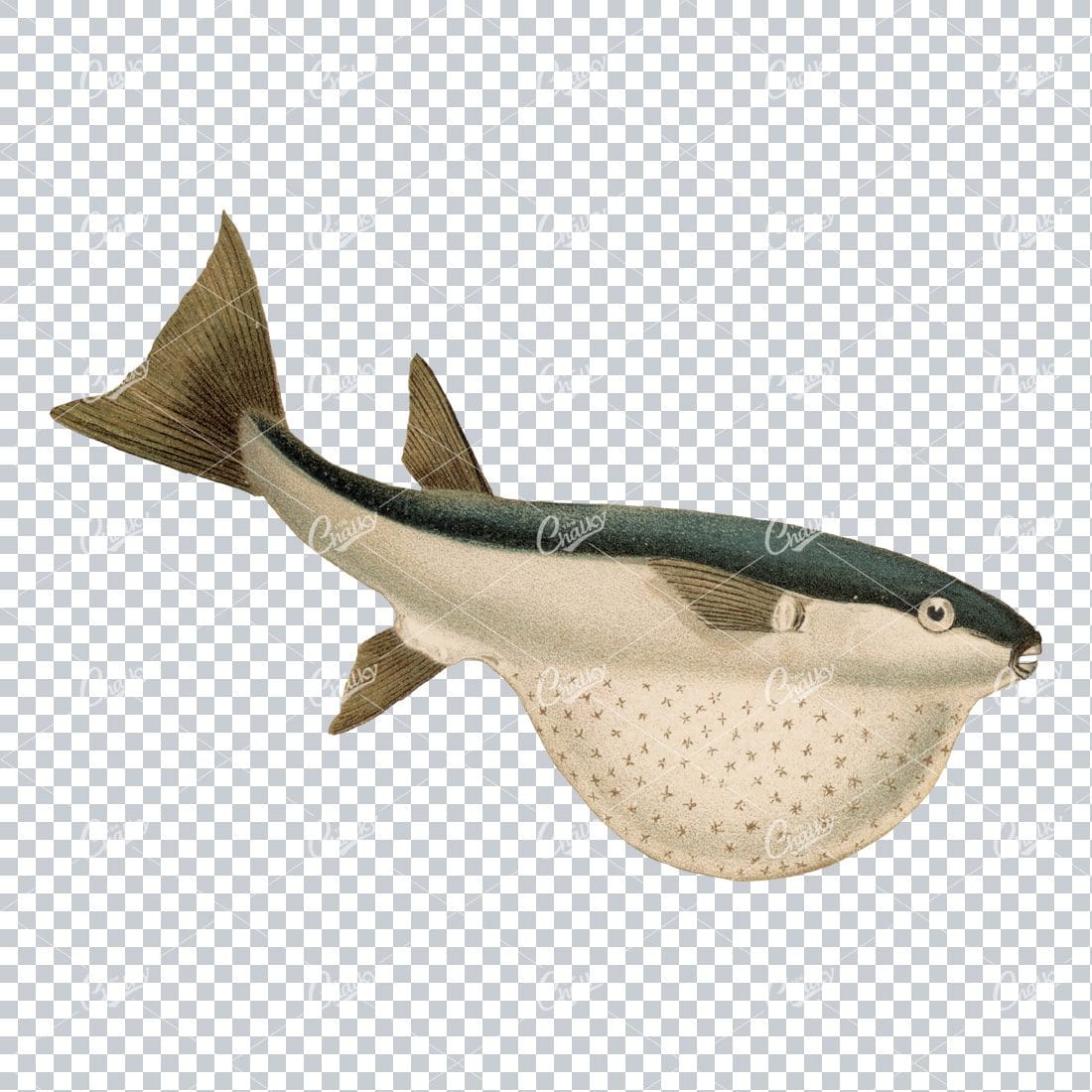

Vintage Full Color Illustration of a Fish No.9
- License Info
- Resolution: 4215px x 2853px
Related Images
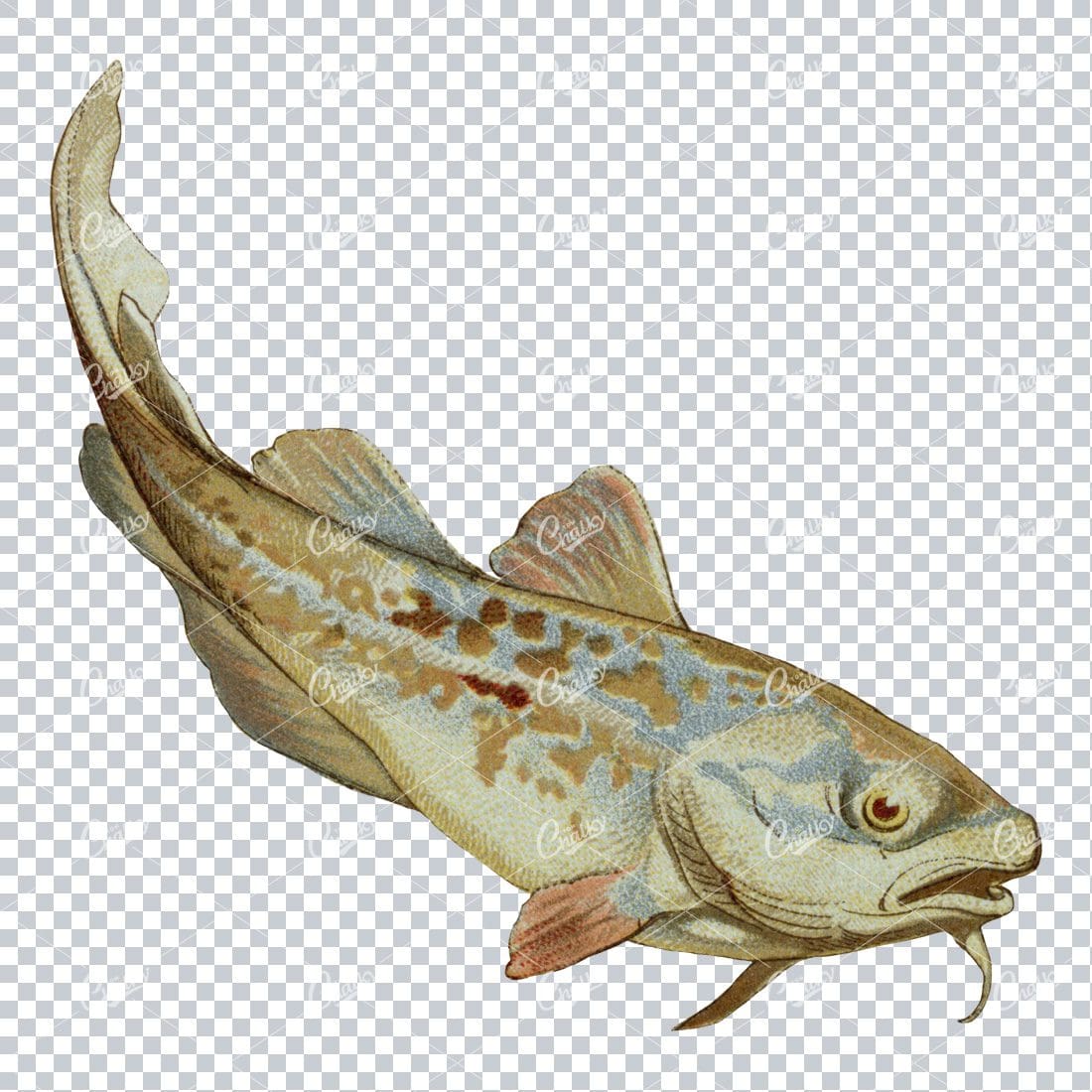

Vintage Full Color Illustration of a Fish No.4
- License Info
- Resolution: 2202px x 2155px
Related Images
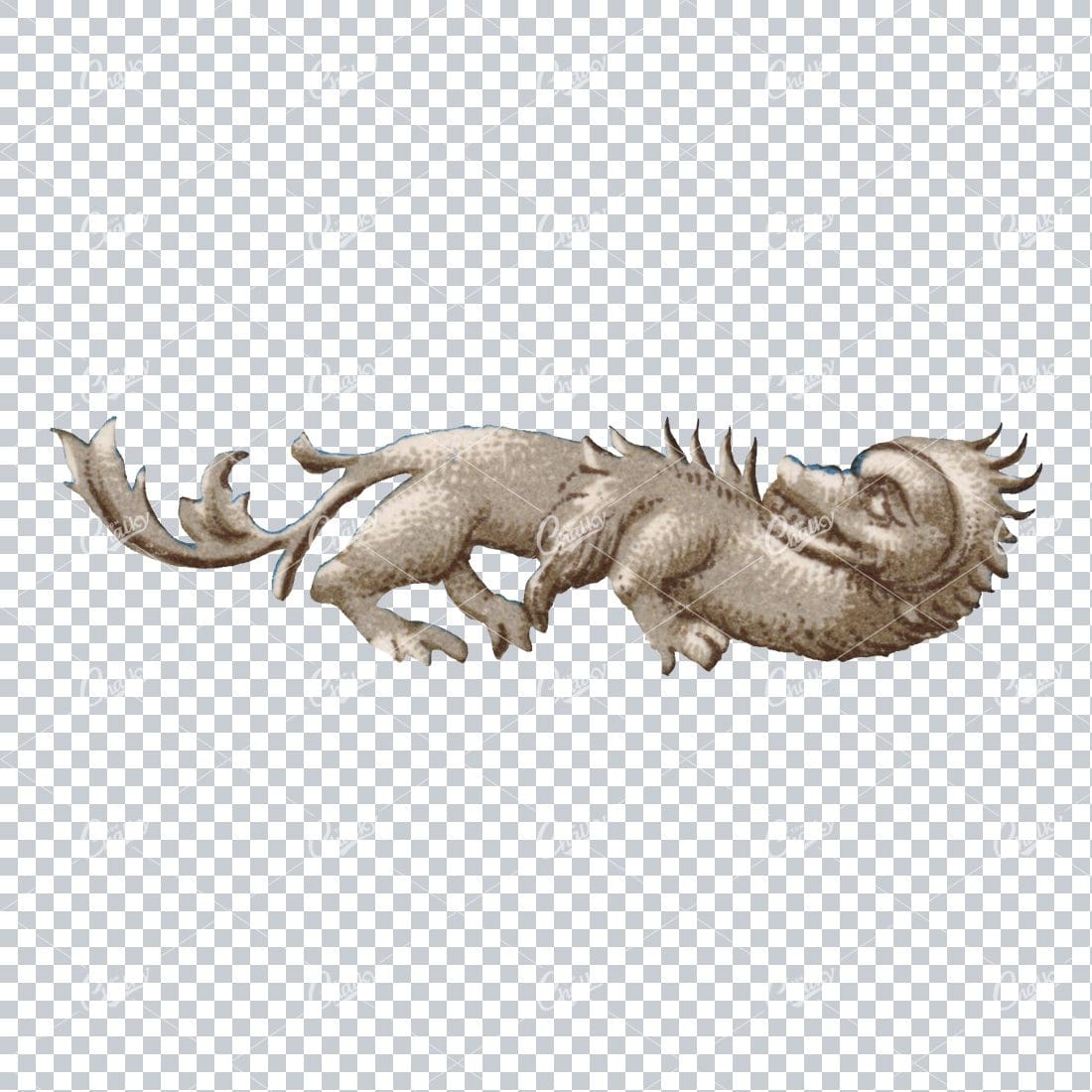

Antique Abstract Illustration of a Sculpted Dragon No.1
- License Info
- Resolution: 1475px x 386px
Related Images
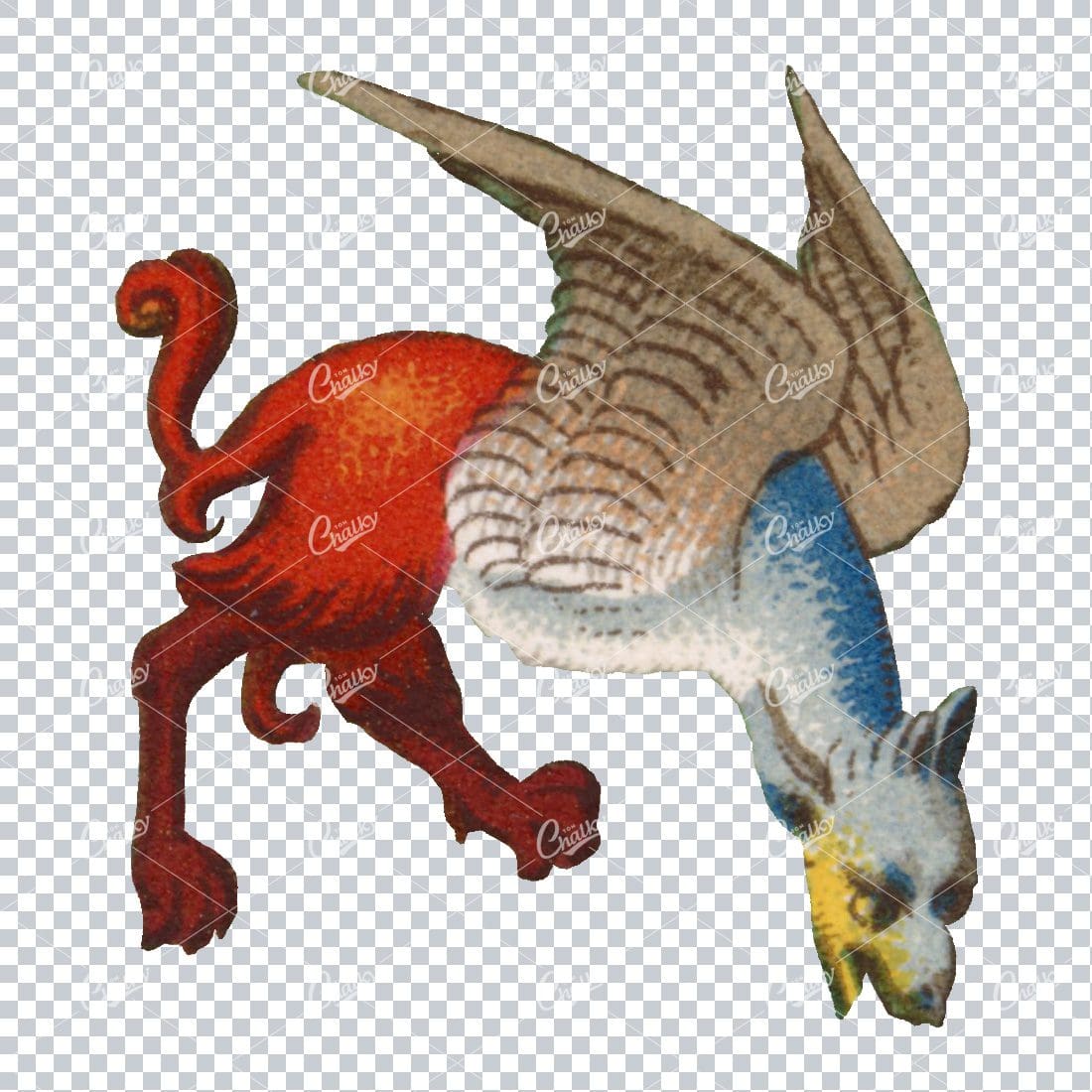

Vintage Roman Mythology Character Illustration No.4
- License Info
- Resolution: 870px x 970px
Related Images
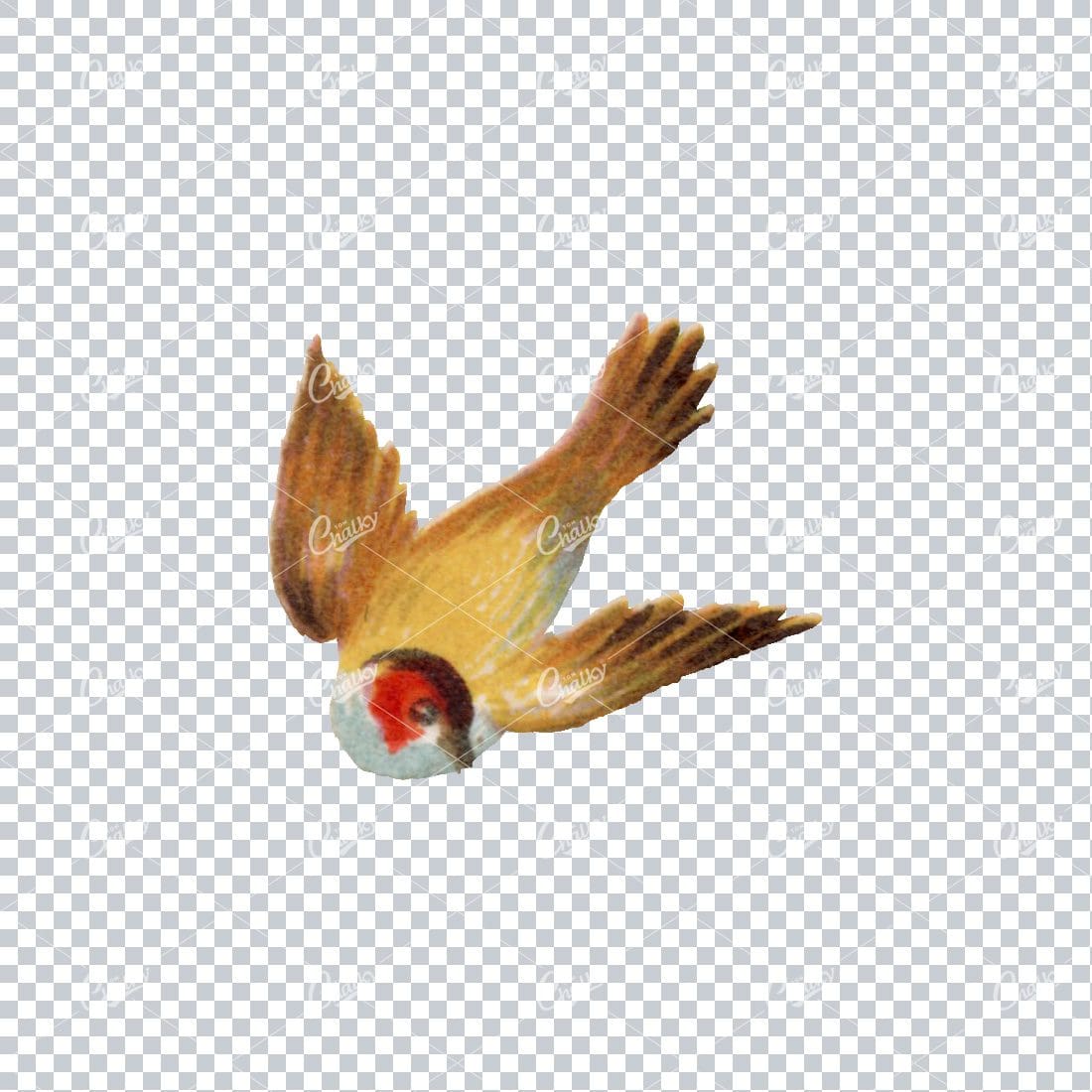

Antique Colored Illustration of a Bird No.5
- License Info
- Resolution: 559px x 473px
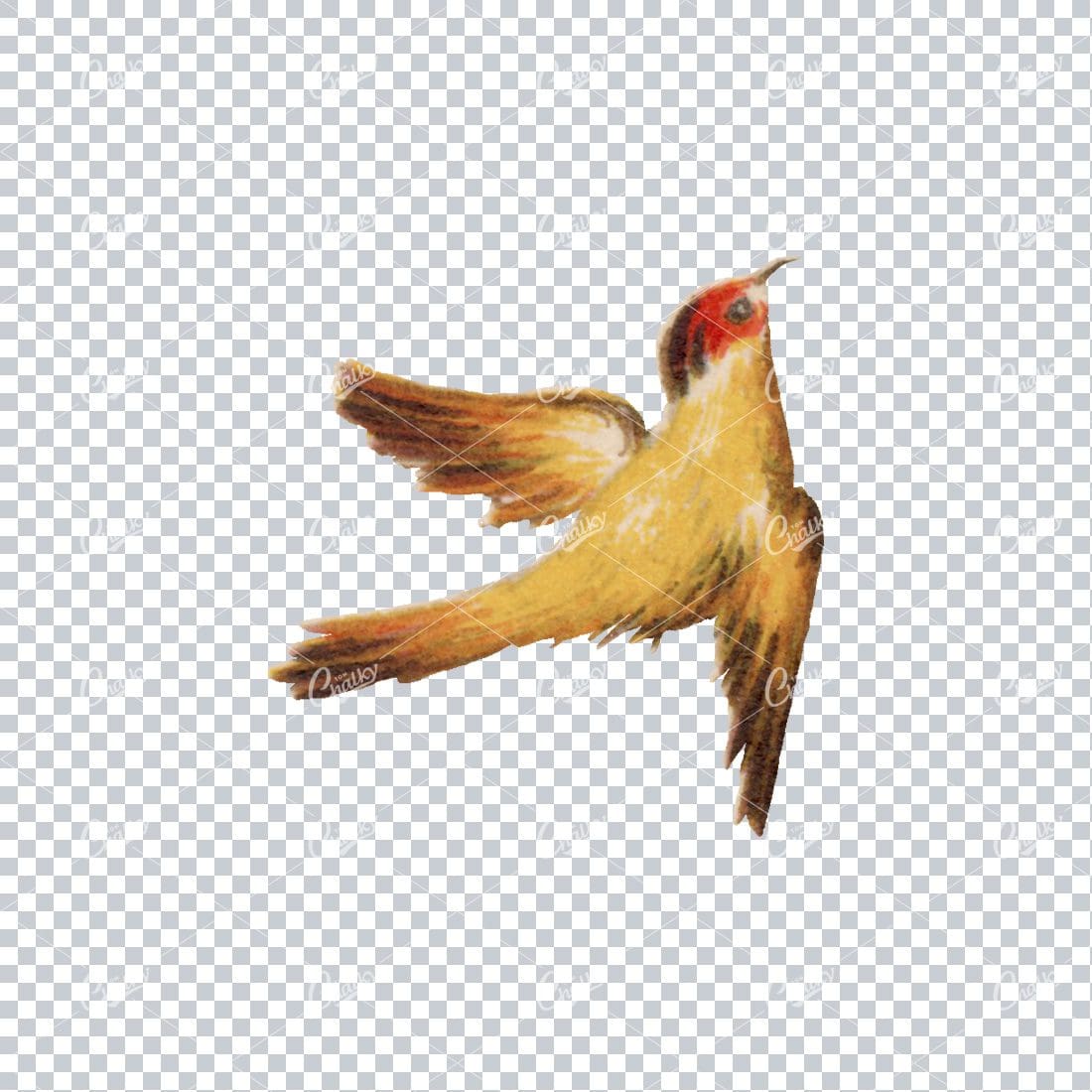

Antique Colored Illustration of a Bird No.4
- License Info
- Resolution: 561px x 586px
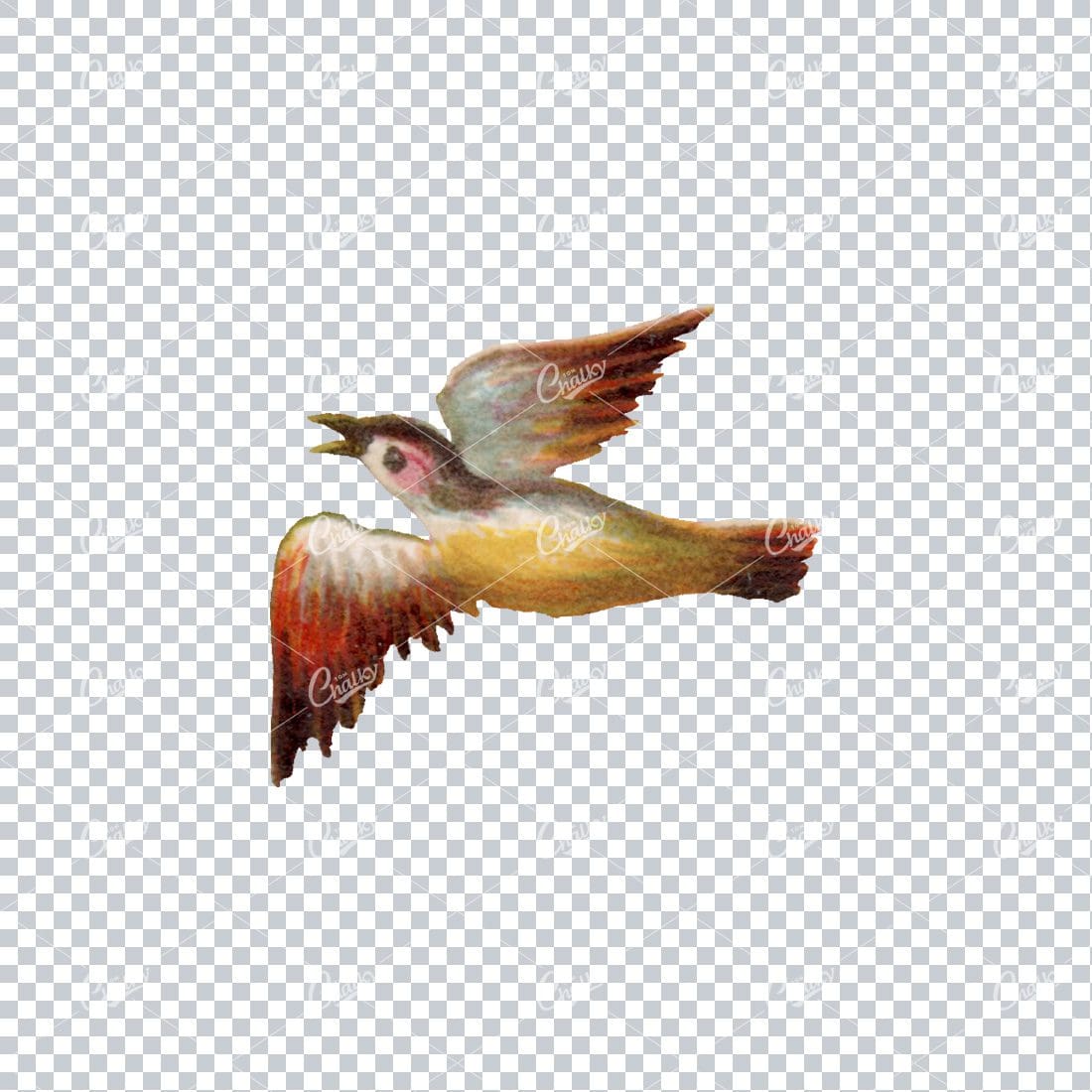

Antique Colored Illustration of a Bird No.3
- License Info
- Resolution: 555px x 486px
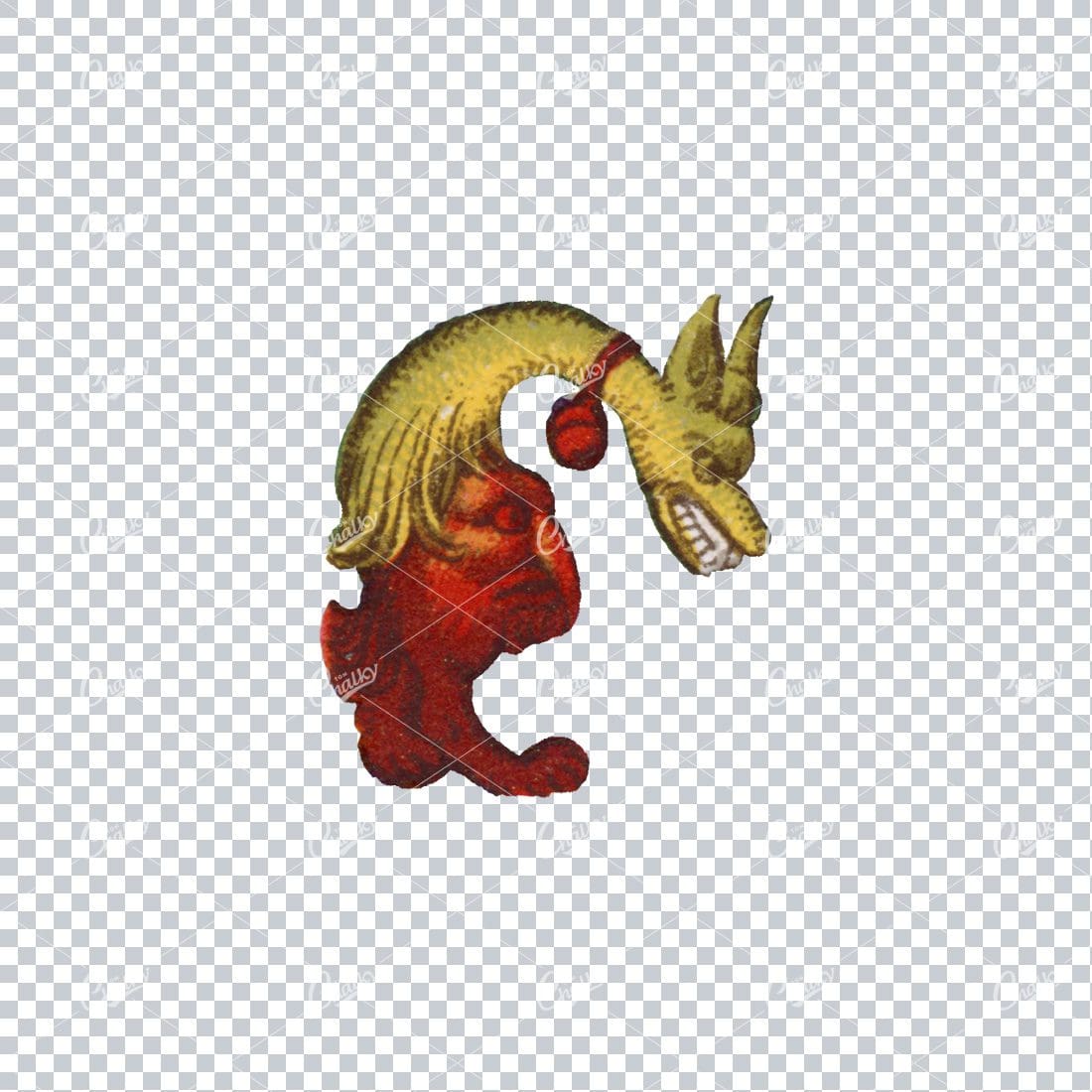

Vintage Roman Mythology Character Illustration No.3
- License Info
- Resolution: 466px x 509px
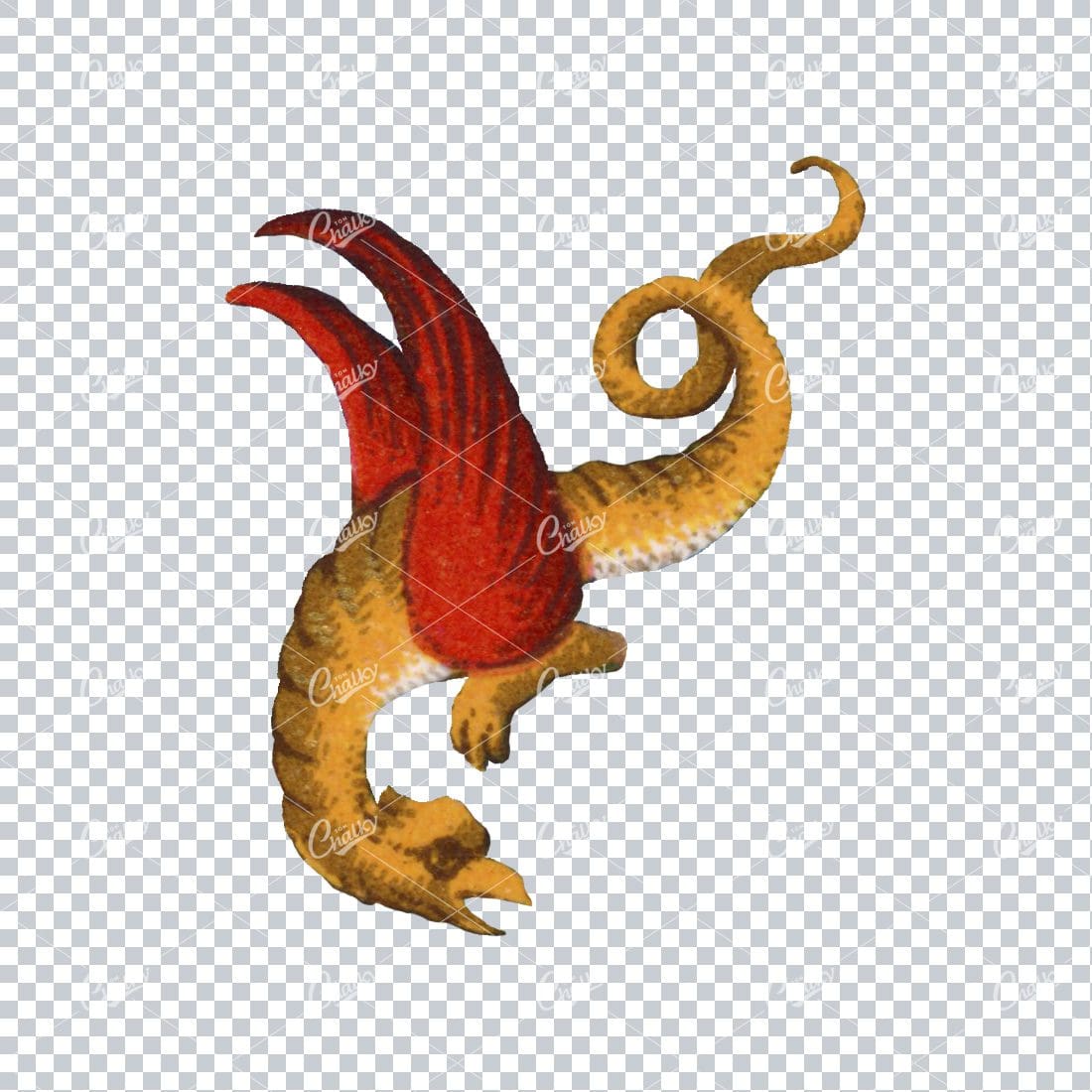

Vintage Roman Mythology Character Illustration No.2
- License Info
- Resolution: 646px x 788px
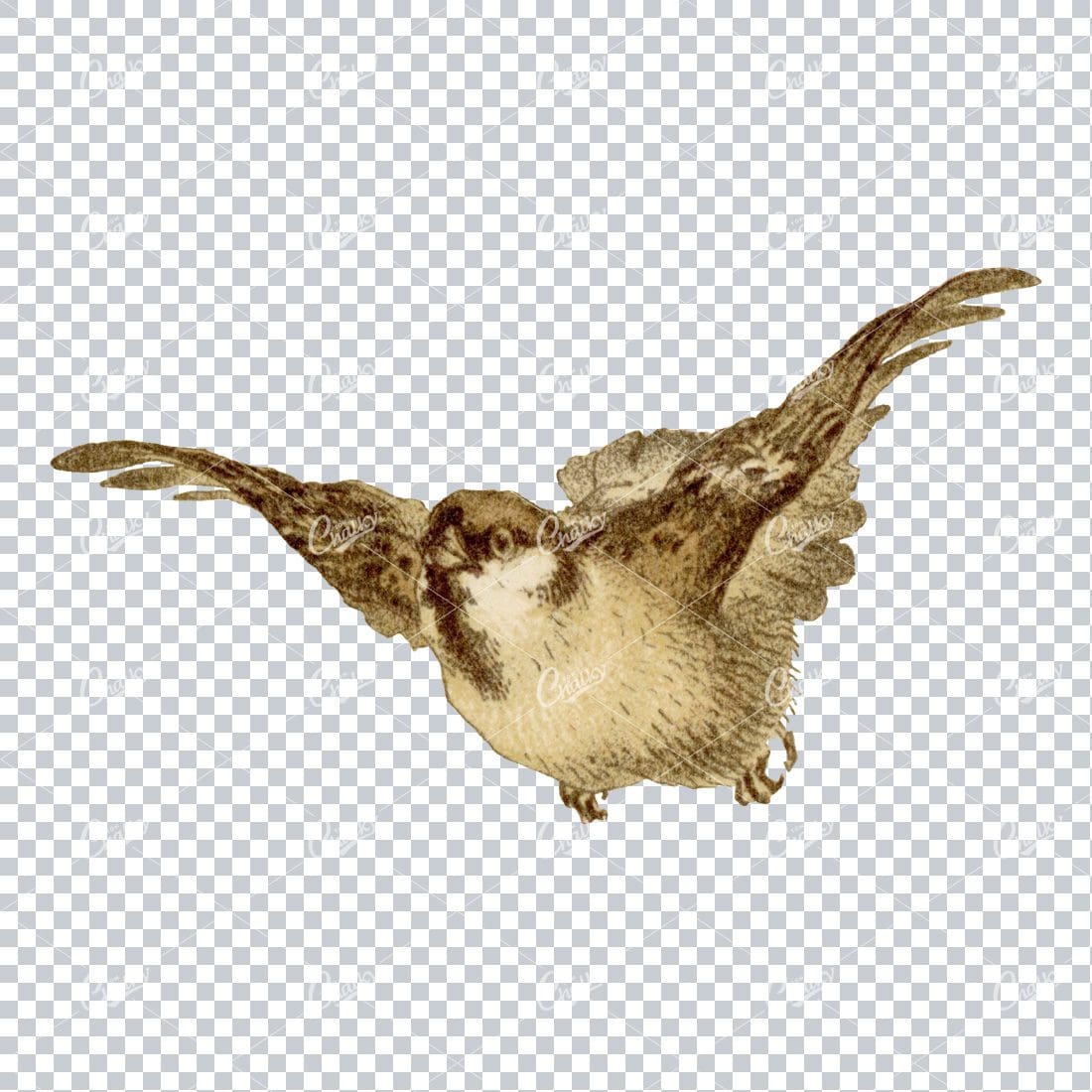

Vintage Colored Illustration of a Small Flying Bird No.2
- License Info
- Resolution: 1684px x 947px
Related Images
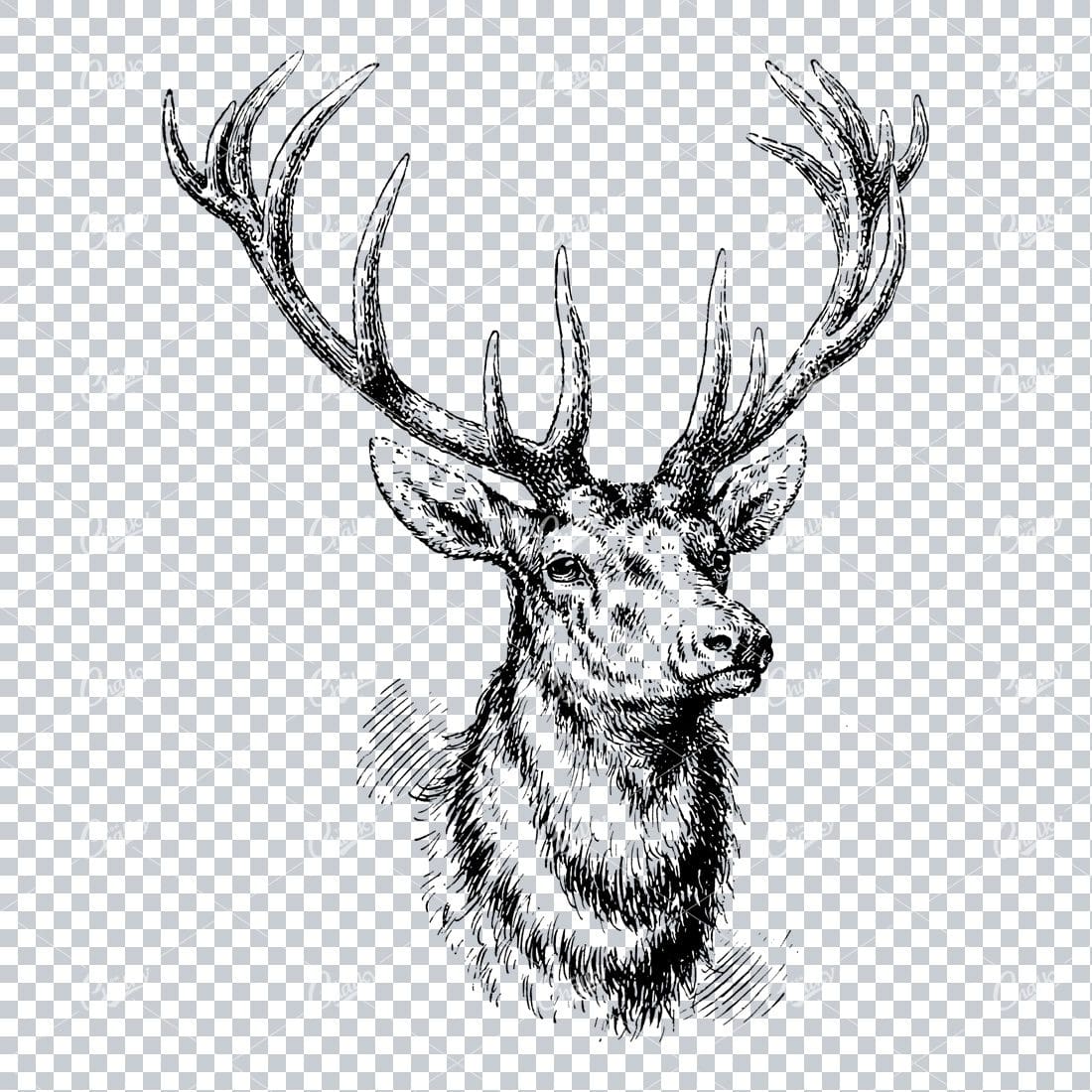

Vintage Illustration of a Stag Bust
- License Info
- Resolution: 1809px x 2339px
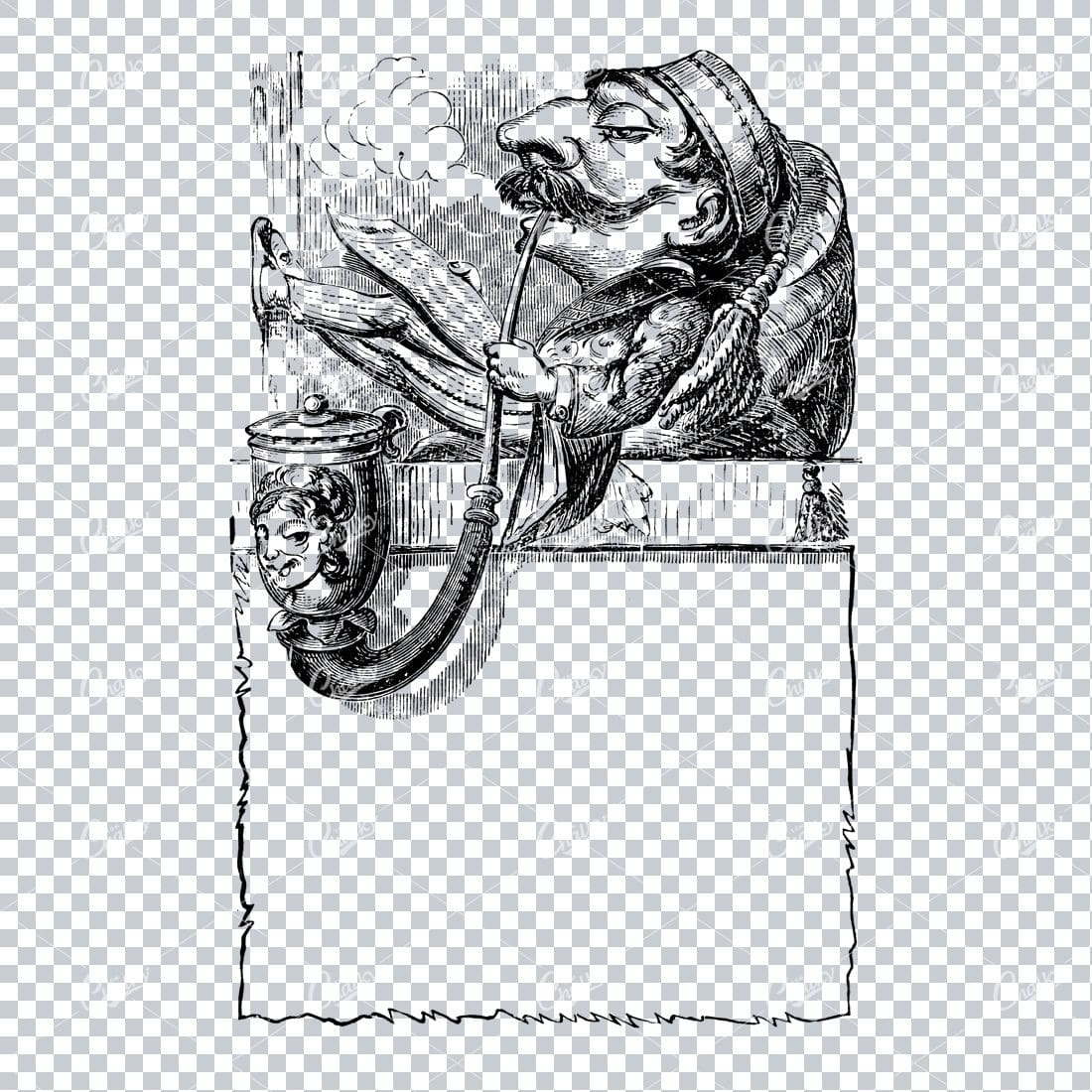

Vintage Marketing / Advertising Illustration with Banner Space for Text / Logo No.27
- License Info
- Resolution: 1994px x 3123px
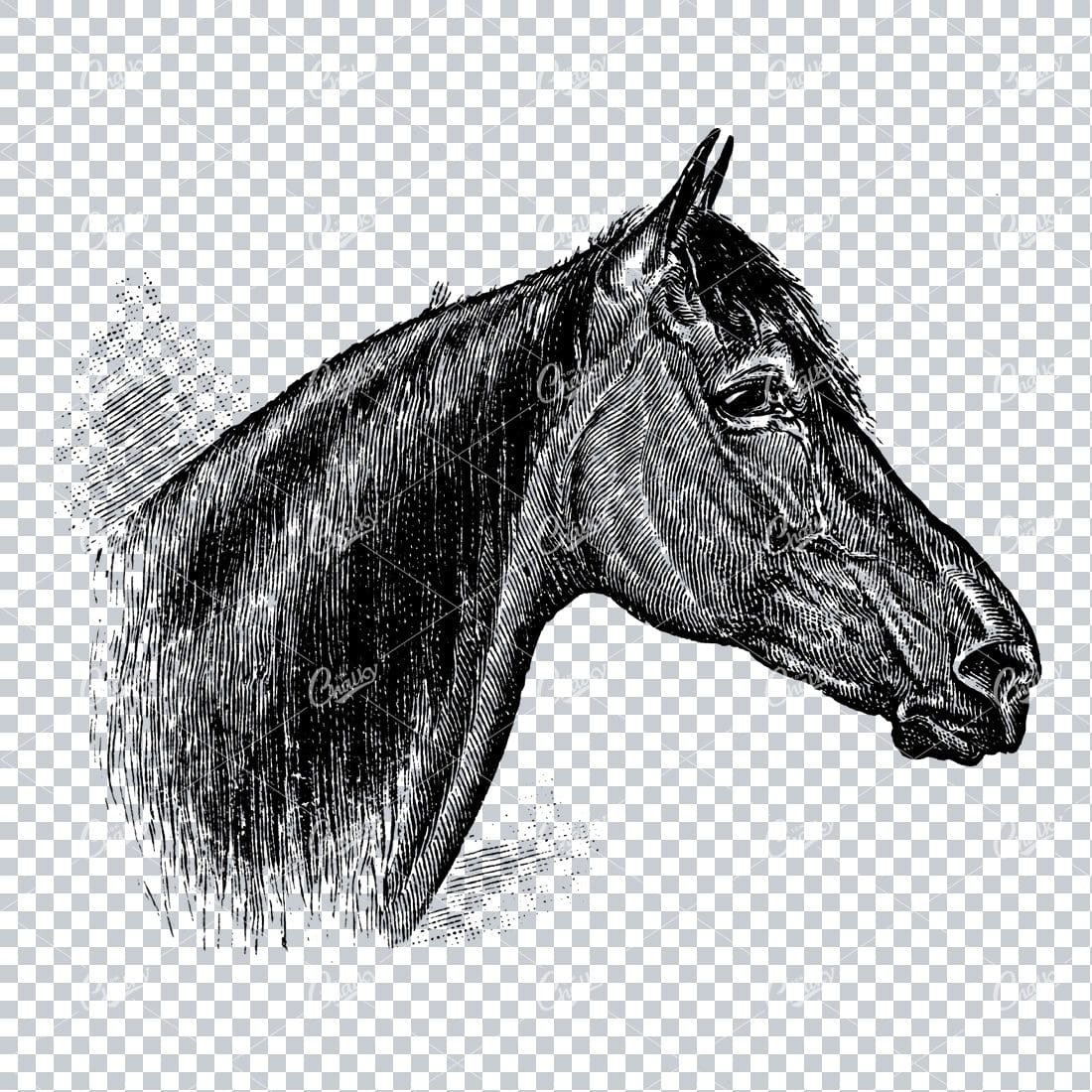

Vintage Engraving Art of a Horses Face No.2
- License Info
- Resolution: 1566px x 1317px
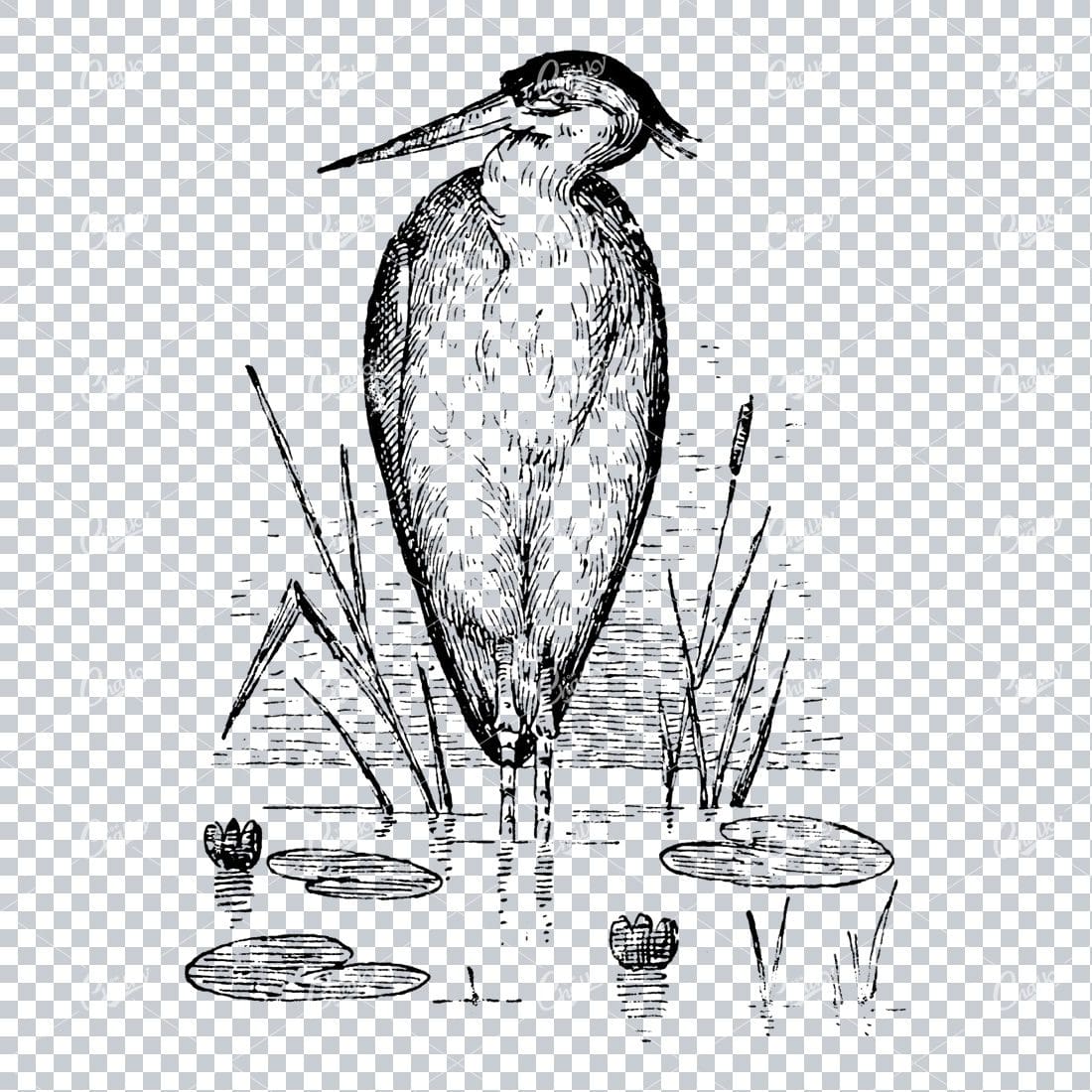

Line Art Illustration of a Crane Standing in Lake with Lilly Pads
- License Info
- Resolution: 1092px x 1502px
Related Images
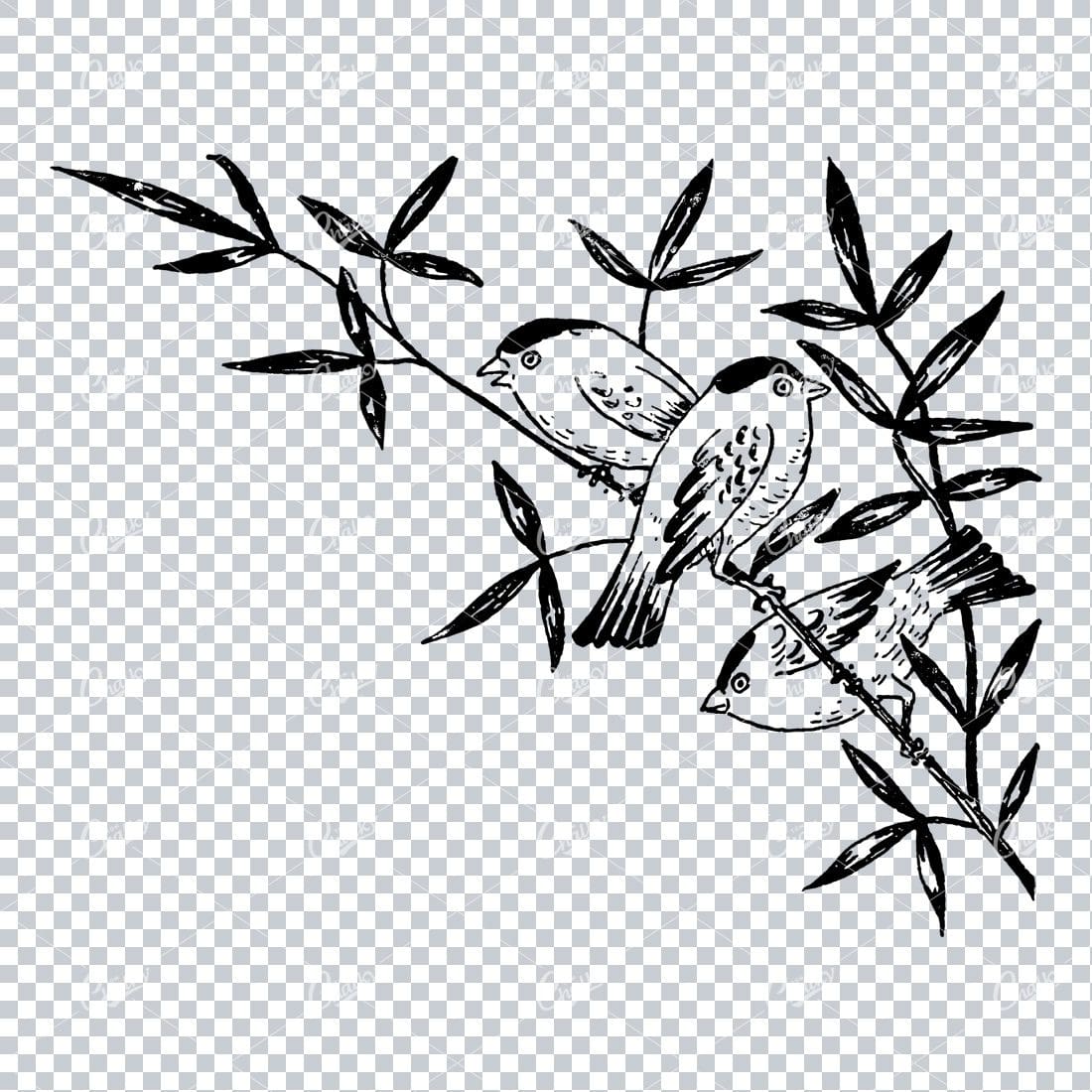

Simple Line Art Drawing of Three Birds on a Branch
- License Info
- Resolution: 1970px x 1555px
Related Images
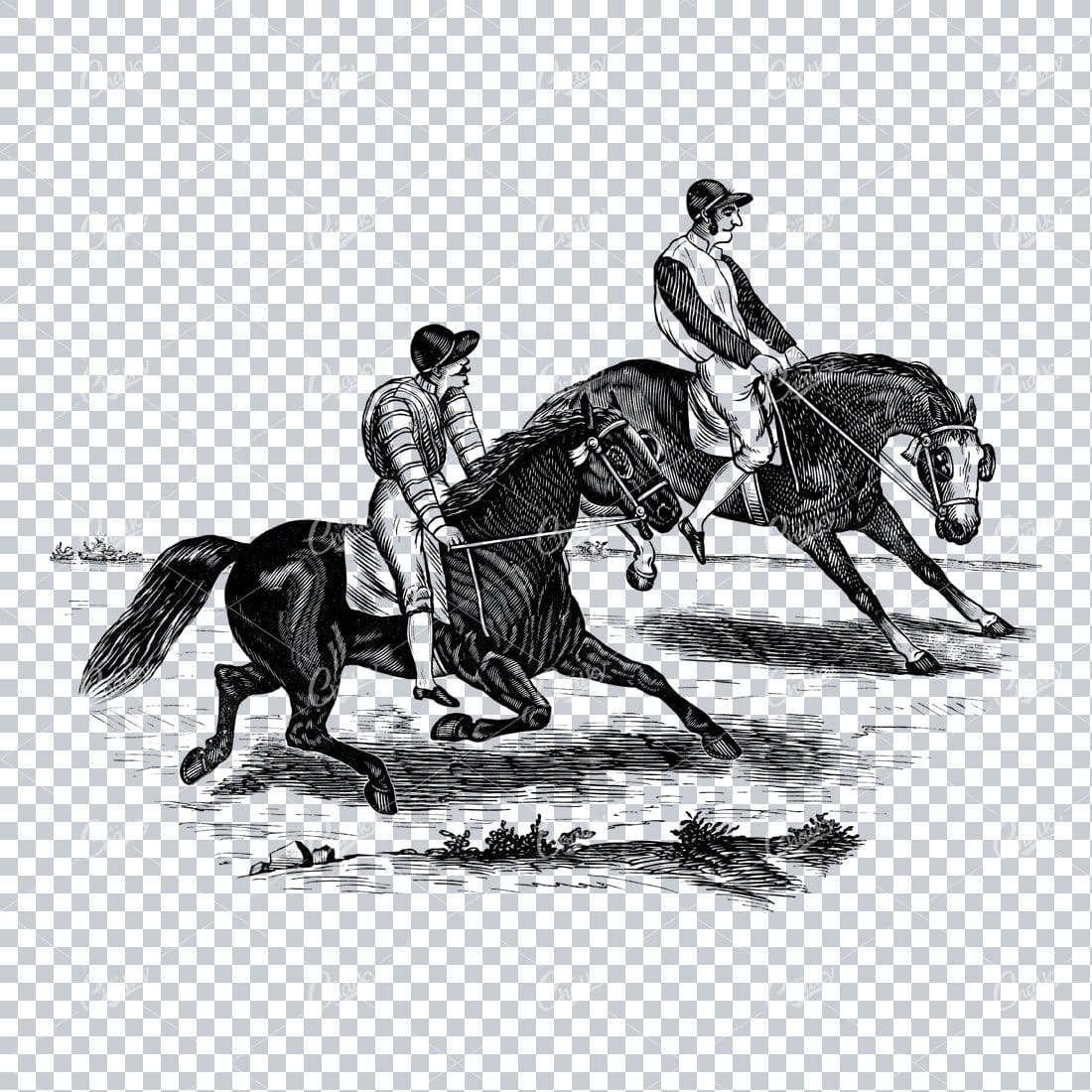

Vintage Horse Riding Illustration – Racing No.3
- License Info
- Resolution: 6397px x 4735px
Related Images
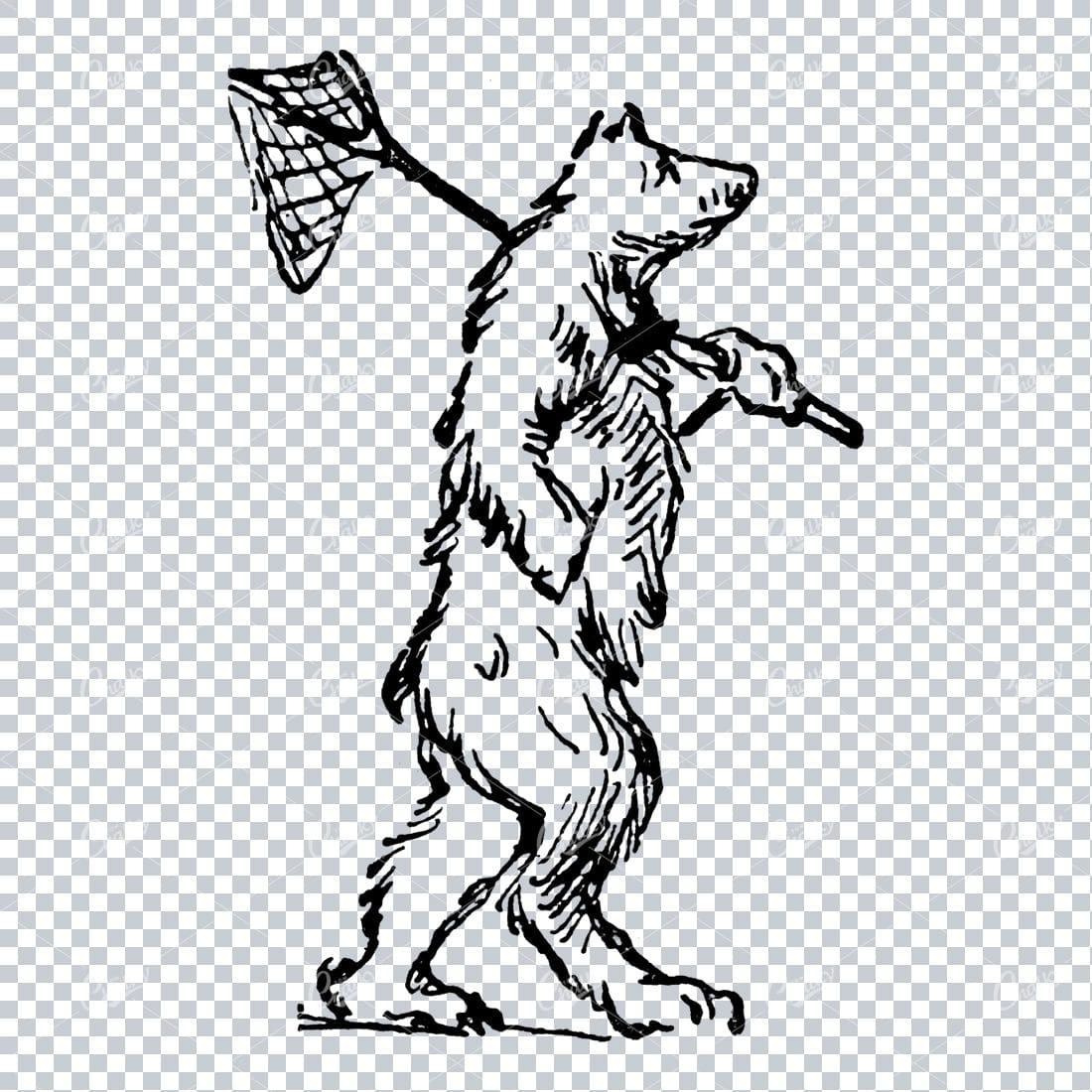

Vintage Line Art of a Bear Walking with a Net
- License Info
- Resolution: 873px x 1361px


MAGPIE MOTH – British Countryside Antique Moth Print – F. Edward Hulme
You’re looking at a beautiful illustration from the ‘Butterflies & Moths of the Countryside’ series by F. Edward Hulme. These antique pieces of art, created in 1903, have lasted the test of time, and the colours are stunning.
- License Info
- Resolution: 5943 x 8398 300dpi
- Year of Print: 1903
- Artist: Edward Hulme
From this collection
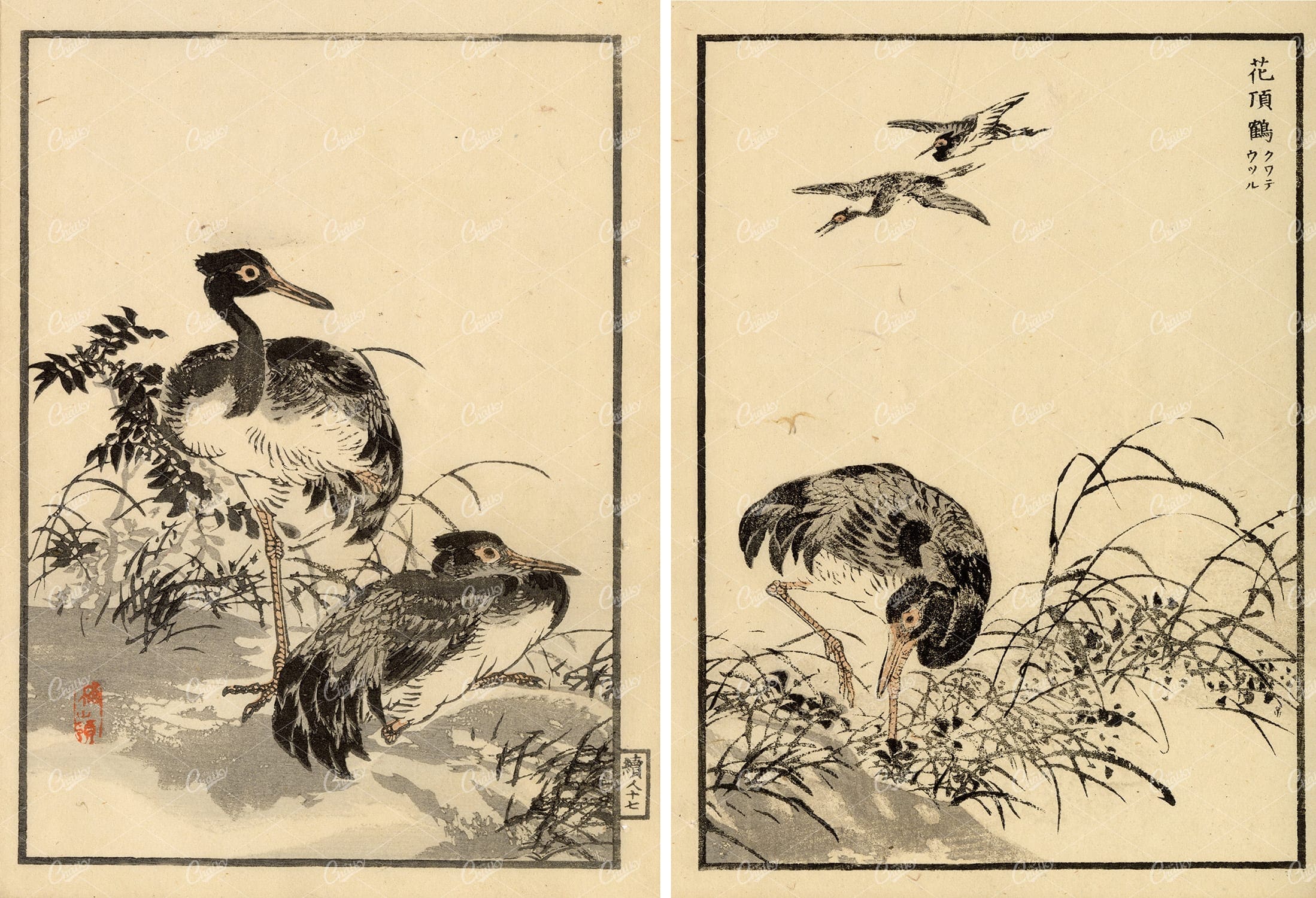

ANTIQUE Original Kono Bairei Woodblock Japanese Prints 1881 Birds
You’re looking at a beautiful piece of Japanese woodblock art from our collection of original 1881 prints by noted artist, Kono Bairei; Created for one of his best-known publications ‘one hundred birds’. Most of the bird species throughout this collection were native to Japan, with a few domesticated and some imported cage birds. Bairei was born and lived in Kyoto. He was apprenticed to the Maruyama printer Nakajima Raiso at the age of eight. He was a pupil of Shijo artist Shiokawa Bunrin and followed the Nanga school tradition. He established the Kyoto Prefectural School of Painting before opening his own studio to students and retiring from teaching.
- License Info
- Resolution: 11582 x 7905
- Year of Print: 1881
- Artist: Kono Bairei
From this collection
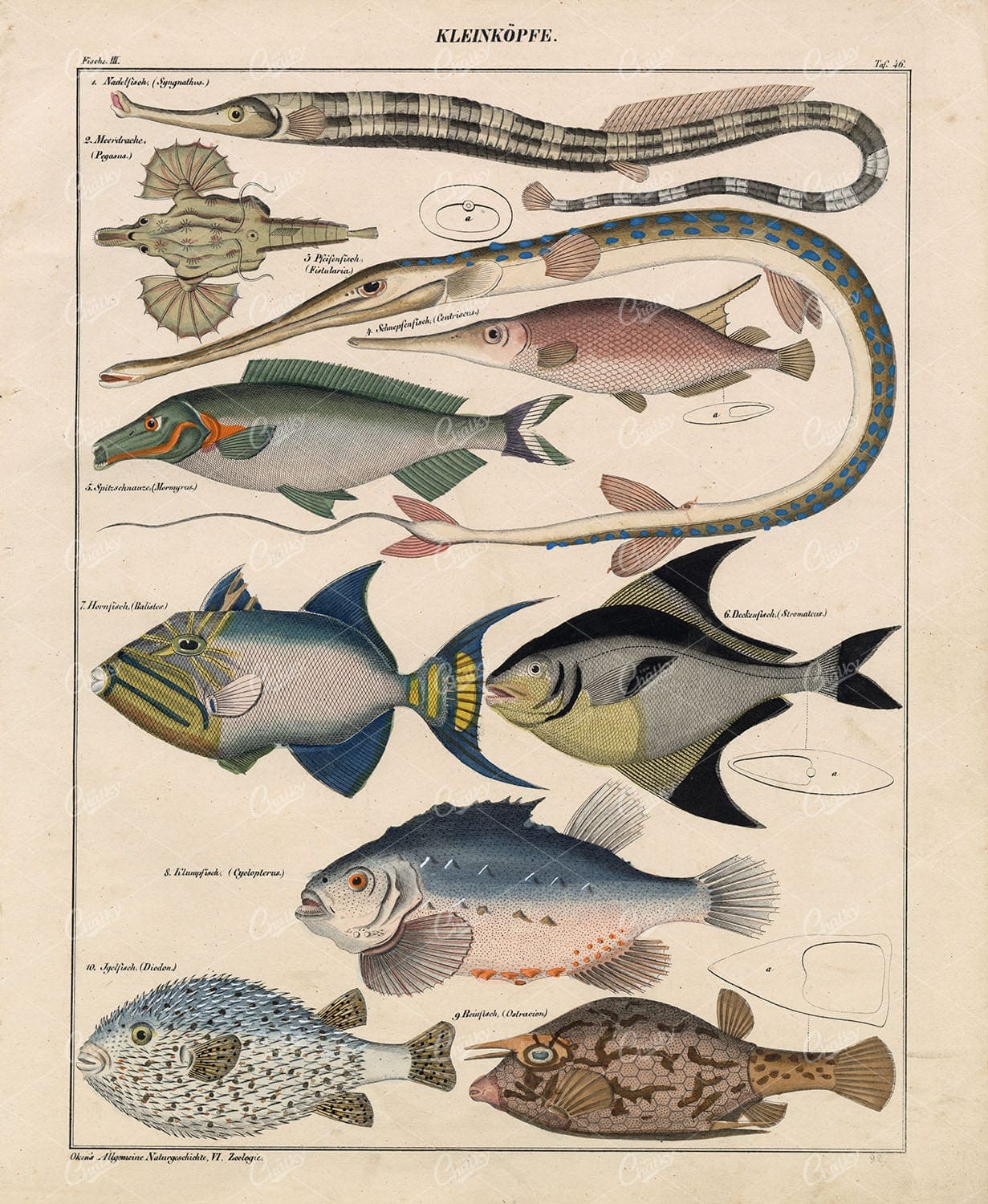

FISH – Porcupinefish, Boxerfish, Mormyrus, Pangasius – Antique Artwork
Original Colour Vintage Print from Lorenz Okenfuss’ ‘Oken’s Naturgeschichte’ (Allgemeine Naturgeschichte für alle Stände), with illustrations by Johann Susemihl (1767-1847), and published in Stuttgart by Hoffman between 1839 and 1841. Lorenz Oken (1 August 1779 – 11 August 1851) was a German naturalist, botanist, biologist, and ornithologist. Oken was born Lorenz Okenfuss (German: Okenfuß) in Bohlsbach (now part of Offenburg), Ortenau, Baden, and studied natural history and medicine at the universities of Freiburg and Würzburg. He went on to the University of Göttingen, where he became a Privatdozent (unsalaried lecturer), and shortened his name to Oken. As Lorenz Oken, he published a small work entitled Grundriss der Naturphilosophie, der Theorie der Sinne, mit der darauf gegründeten Classification der Thiere (1802). This was the first of a series of works which established him as a leader of the movement of “Naturphilosophie” in Germany.
- License Info
- Resolution: 9500 x 11800 300dpi
- Year of Print: 1836
- Artist: Lorenz Oken
- Image Type(s): JPG
From this collection
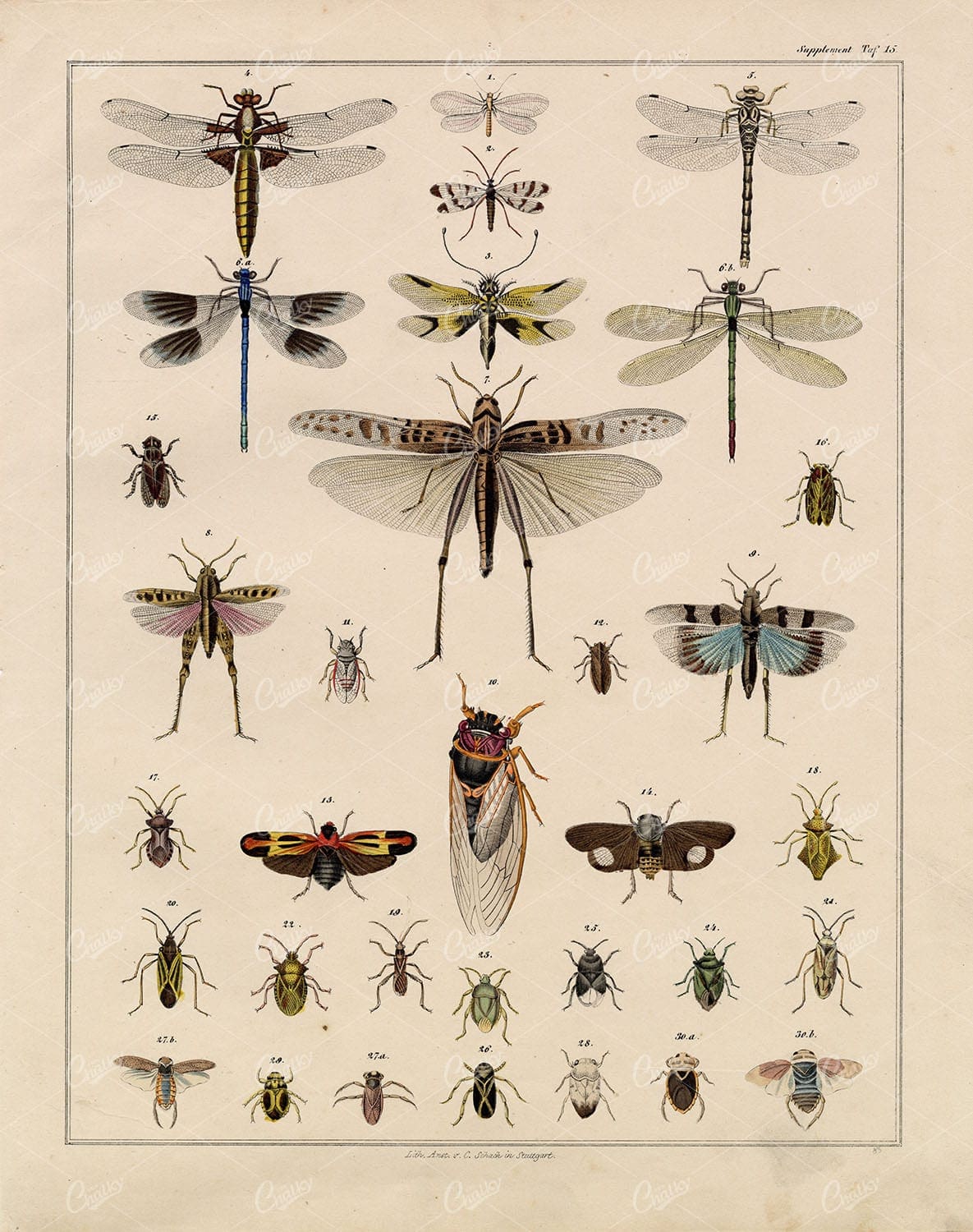

INSECTS – Dragonflies – Antique Oken’s Naturgeschichte Artwork 1830’s
Original Colour Vintage Print from Lorenz Okenfuss’ ‘Oken’s Naturgeschichte’ (Allgemeine Naturgeschichte für alle Stände), with illustrations by Johann Susemihl (1767-1847), and published in Stuttgart by Hoffman between 1839 and 1841. Lorenz Oken (1 August 1779 – 11 August 1851) was a German naturalist, botanist, biologist, and ornithologist. Oken was born Lorenz Okenfuss (German: Okenfuß) in Bohlsbach (now part of Offenburg), Ortenau, Baden, and studied natural history and medicine at the universities of Freiburg and Würzburg. He went on to the University of Göttingen, where he became a Privatdozent (unsalaried lecturer), and shortened his name to Oken. As Lorenz Oken, he published a small work entitled Grundriss der Naturphilosophie, der Theorie der Sinne, mit der darauf gegründeten Classification der Thiere (1802). This was the first of a series of works which established him as a leader of the movement of “Naturphilosophie” in Germany.
- License Info
- Resolution: 9500 x 11800 300dpi
- Year of Print: 1836
- Artist: Lorenz Oken
- Image Type(s): JPG
From this collection
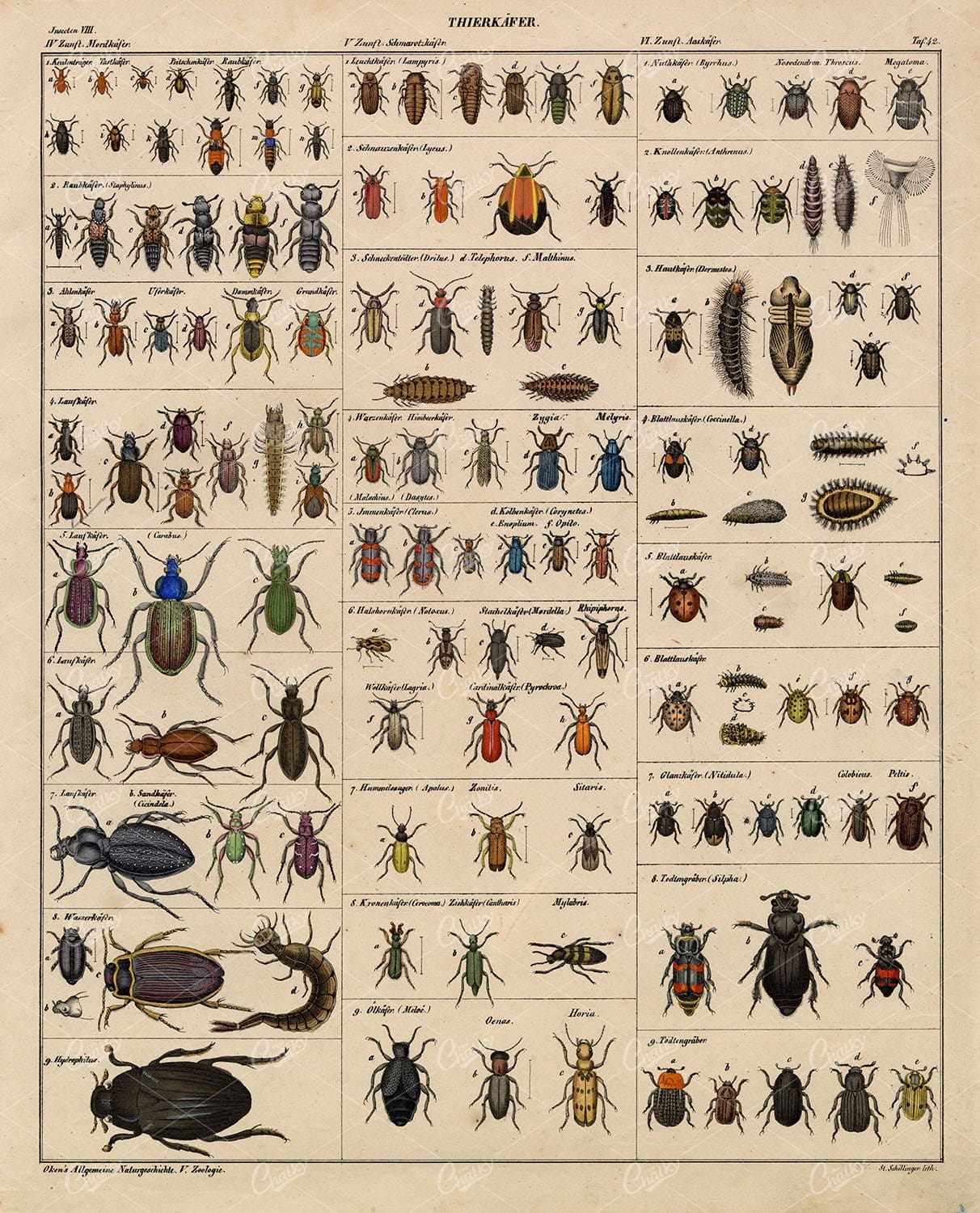

INSECTS – Beetles – Antique Oken’s Naturgeschichte Artwork 1830’s
Original Colour Vintage Print from Lorenz Okenfuss’ ‘Oken’s Naturgeschichte’ (Allgemeine Naturgeschichte für alle Stände), with illustrations by Johann Susemihl (1767-1847), and published in Stuttgart by Hoffman between 1839 and 1841. Lorenz Oken (1 August 1779 – 11 August 1851) was a German naturalist, botanist, biologist, and ornithologist. Oken was born Lorenz Okenfuss (German: Okenfuß) in Bohlsbach (now part of Offenburg), Ortenau, Baden, and studied natural history and medicine at the universities of Freiburg and Würzburg. He went on to the University of Göttingen, where he became a Privatdozent (unsalaried lecturer), and shortened his name to Oken. As Lorenz Oken, he published a small work entitled Grundriss der Naturphilosophie, der Theorie der Sinne, mit der darauf gegründeten Classification der Thiere (1802). This was the first of a series of works which established him as a leader of the movement of “Naturphilosophie” in Germany.
- License Info
- Resolution: 9500 x 11800 300dpi
- Year of Print: 1836
- Artist: Lorenz Oken
From this collection


ANTIQUE Original Kono Bairei Woodblock Japanese Print 1881 Bird Flying
You’re looking at a beautiful piece of Japanese woodblock art from our collection of original 1881 prints by noted artist, Kono Bairei; Created for one of his best-known publications ‘one hundred birds’. Most of the bird species throughout this collection were native to Japan, with a few domesticated and some imported cage birds.
Bairei was born and lived in Kyoto. He was apprenticed to the Maruyama printer Nakajima Raiso at the age of eight. He was a pupil of Shijo artist Shiokawa Bunrin and followed the Nanga school tradition. He established the Kyoto Prefectural School of Painting before opening his own studio to students and retiring from teaching.
- License Info
- Resolution: 5656 x 8018 300dpi
- Year of Print: 1881
- Artist: Kono Bairei
From this collection
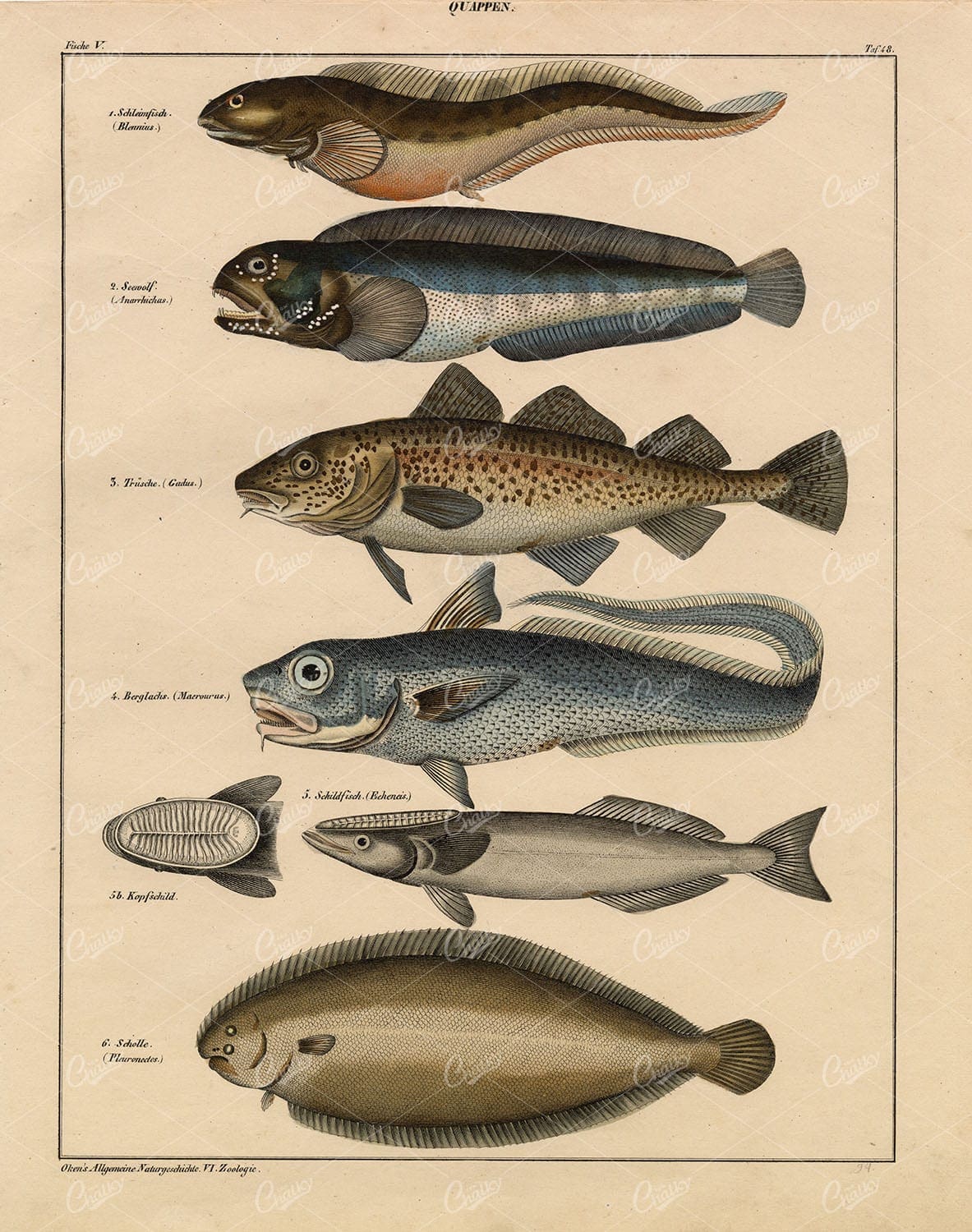

BURBOT – Quappen, Flounder, Macrourus – Antique Handcoloured Artwork
Original Colour Vintage Print from Lorenz Okenfuss’ ‘Oken’s Naturgeschichte’ (Allgemeine Naturgeschichte für alle Stände), with illustrations by Johann Susemihl (1767-1847), and published in Stuttgart by Hoffman between 1839 and 1841. Lorenz Oken (1 August 1779 – 11 August 1851) was a German naturalist, botanist, biologist, and ornithologist. Oken was born Lorenz Okenfuss (German: Okenfuß) in Bohlsbach (now part of Offenburg), Ortenau, Baden, and studied natural history and medicine at the universities of Freiburg and Würzburg. He went on to the University of Göttingen, where he became a Privatdozent (unsalaried lecturer), and shortened his name to Oken. As Lorenz Oken, he published a small work entitled Grundriss der Naturphilosophie, der Theorie der Sinne, mit der darauf gegründeten Classification der Thiere (1802). This was the first of a series of works which established him as a leader of the movement of “Naturphilosophie” in Germany.
- License Info
- Resolution: 9500 x 11800 300dpi
- Year of Print: 1836
- Artist: Lorenz Oken
- Image Type(s): JPG
From this collection


Antique Coloured Print of Common Rat Kangaroo – 1896
- License Info
- Resolution: 6253px x 4109px
- Year of Print: 1896
- Artist: Edward Lloyd
From this collection


NEUROPTERA Insects. Dragonfly, Scorpion Fly, May-Fly. Vintage 1880 Print
An original Antique Plate scan from the National Encyclopaedia: A Dictionary of Universal Knowledge. Published by William Mackenzie in 1880. Click on the Artist’s name to see the full collection from this series!
- License Info
- Resolution: 5500 x 8600 300dpi
- Year of Print: 1880
- Artist: William Mackenzie
From this collection
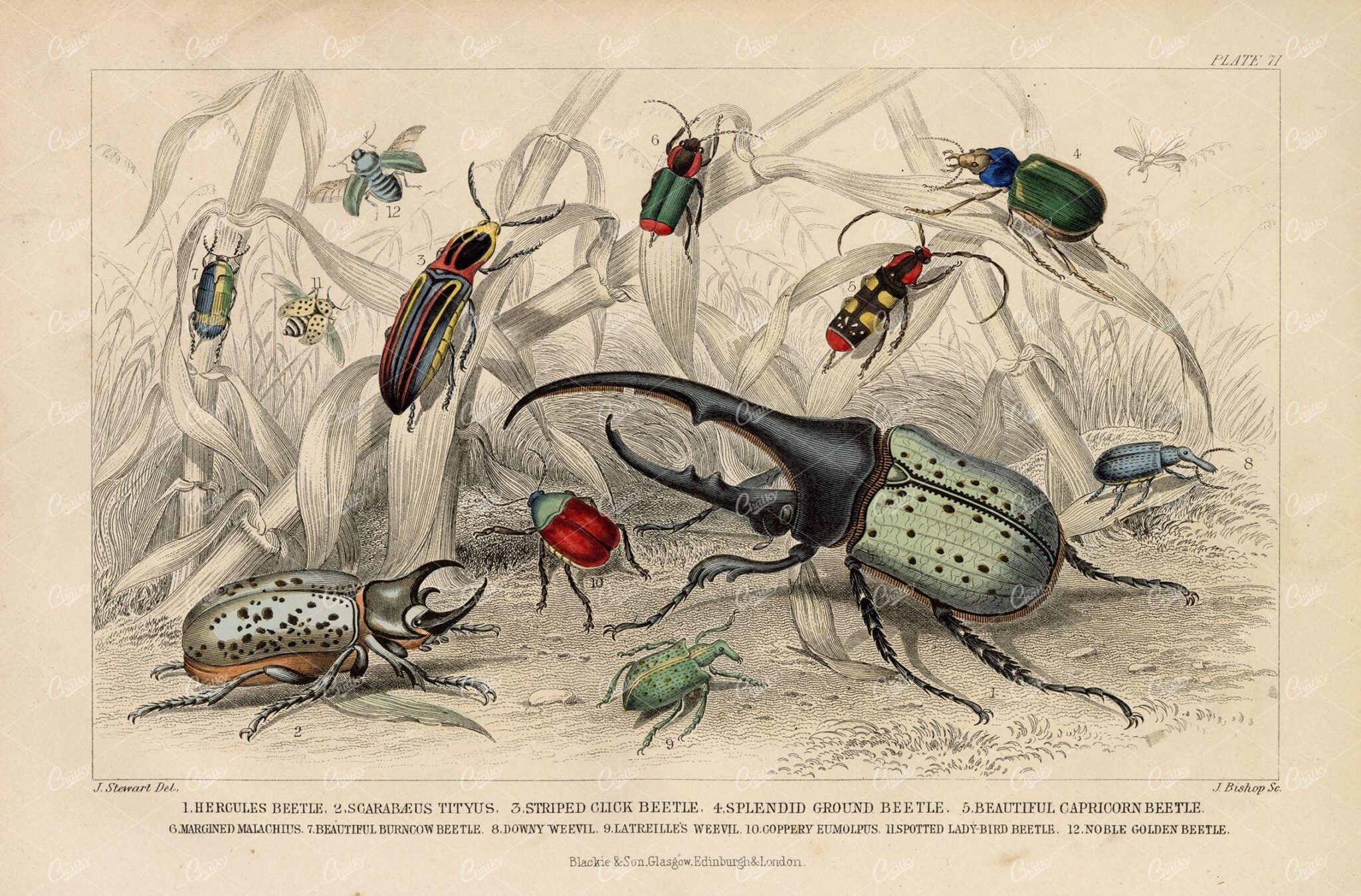

ANTIQUE Goldsmith 1868 Handcolored Print of Various Beetle Breeds
Here we have a high resolution scan of a wonderfully handcoloured lithograph print from Oliver Goldsmith’s “A History of the Earth and Animated Nature”. A celebrated series of books from the 1860’s, wherein the most distinguished British and Foreign naturalists collaborated to produce.
- License Info
- Resolution: 8268 x 5446 300dpi
- Year of Print: 1868
- Artist: Oliver Goldsmith
From this collection
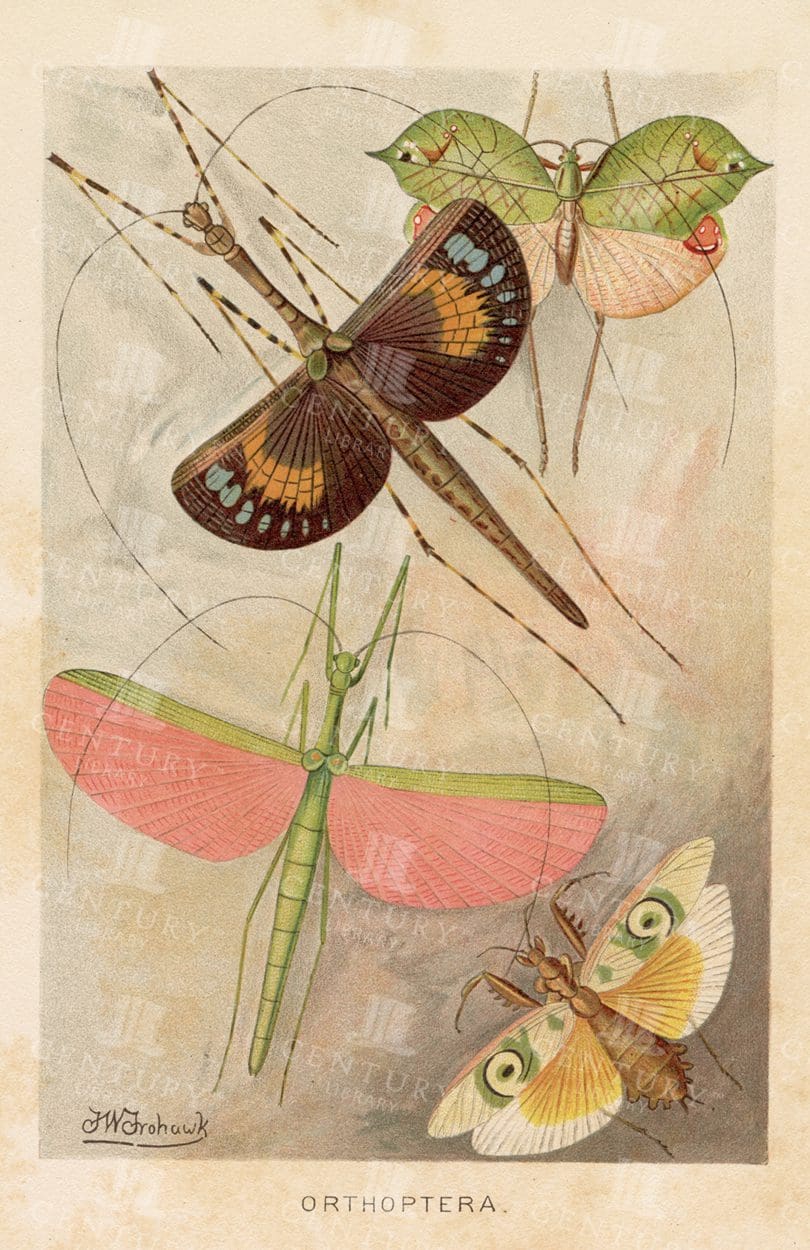

ORTHOPTERA – Colour Vintage Natural History Print
- License Info
- Resolution: 5278px x 8145px
- Year of Print: 1904
- Artist: J. R. Ainsworth Davis
Related Images
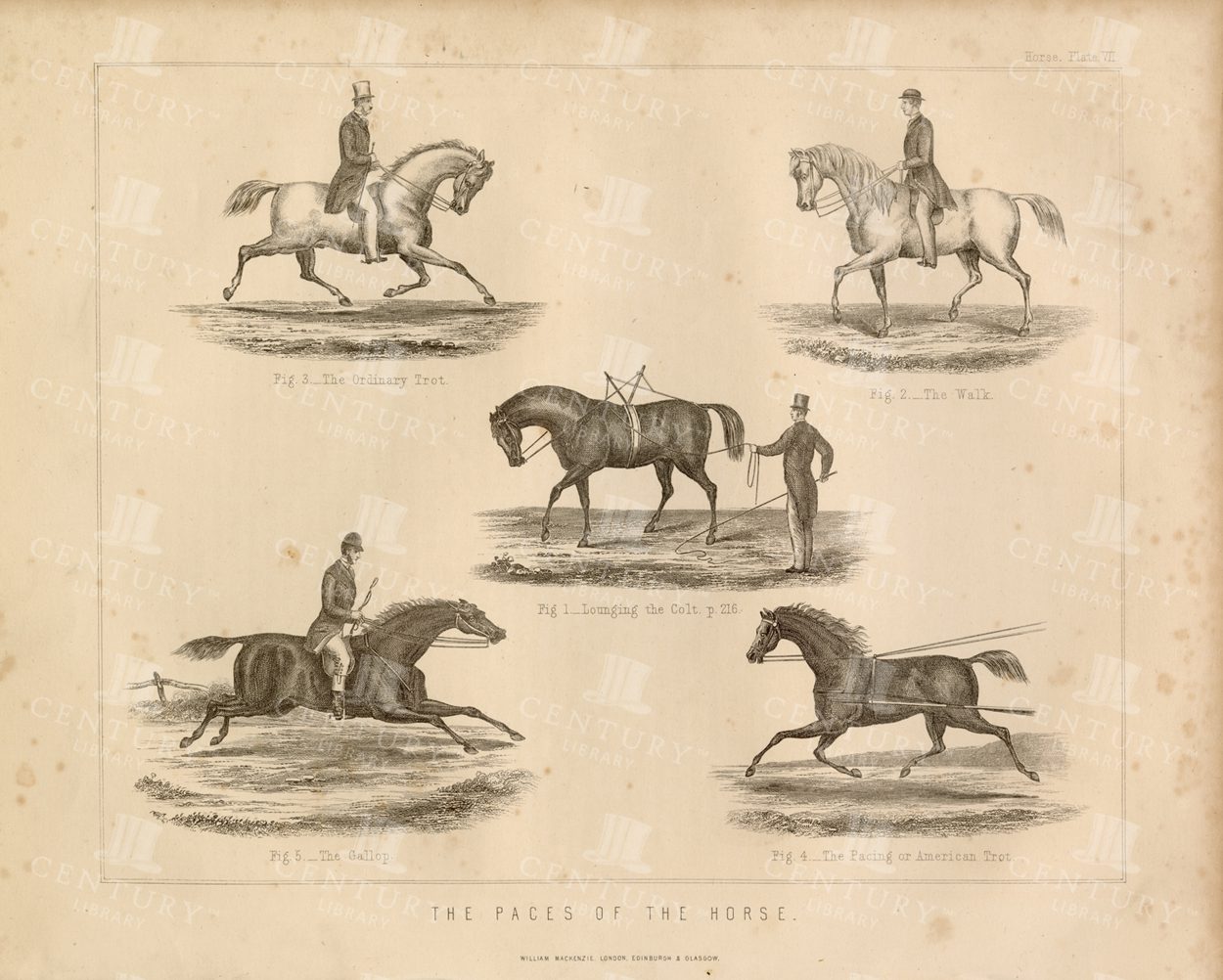

VINTAGE Horse Print Showing The Paces of the Horse – 1896
- License Info
- Resolution: 10568px x 8472px
- Year of Print: 1896
- Artist: W. J. Miles
Related Images
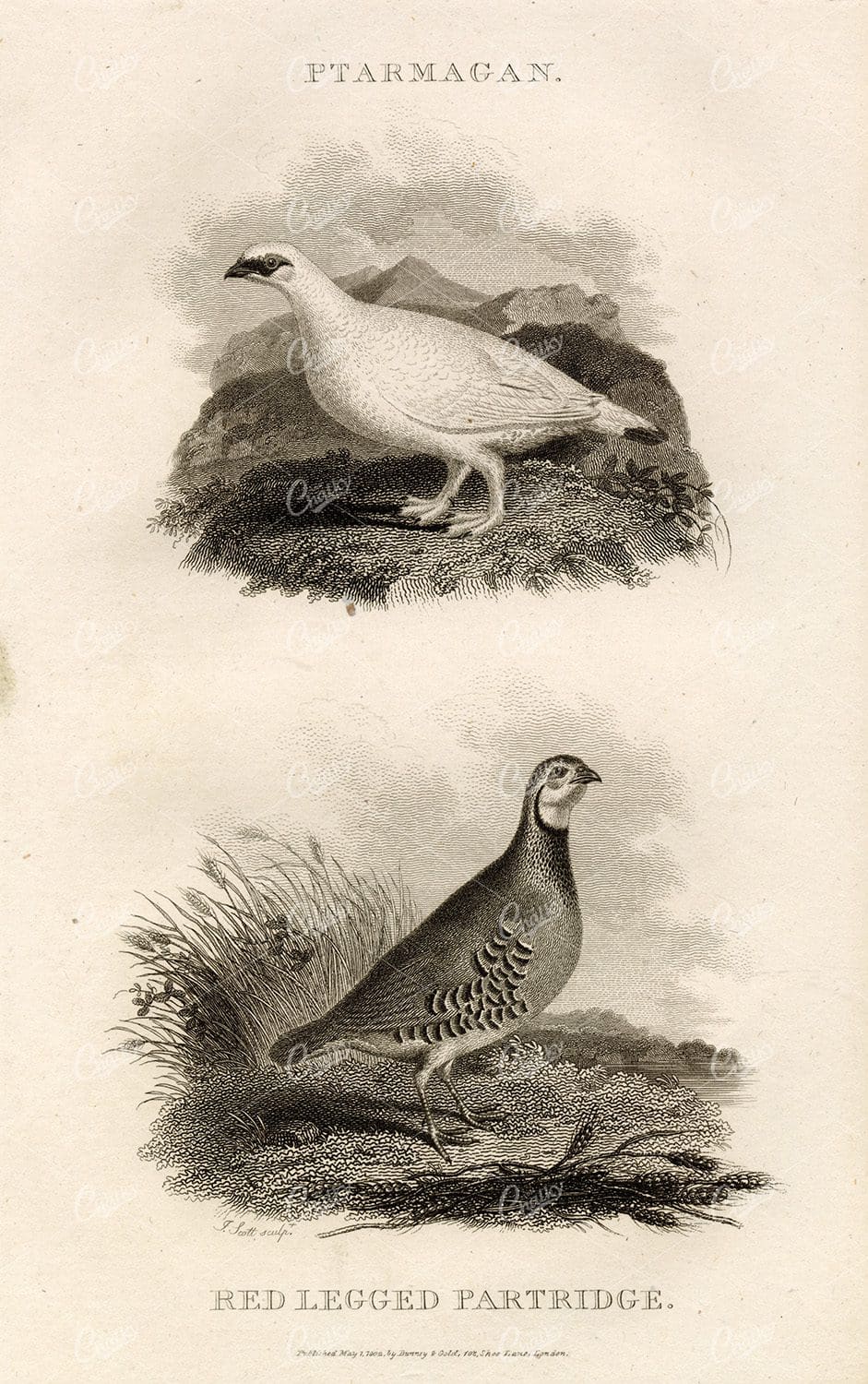

ANTIQUE Rural Sports Engraving – Ptarmigan and Partridge Birds
- License Info
- Resolution: 4693px x 7483px
- Year of Print: 1807
Related Images
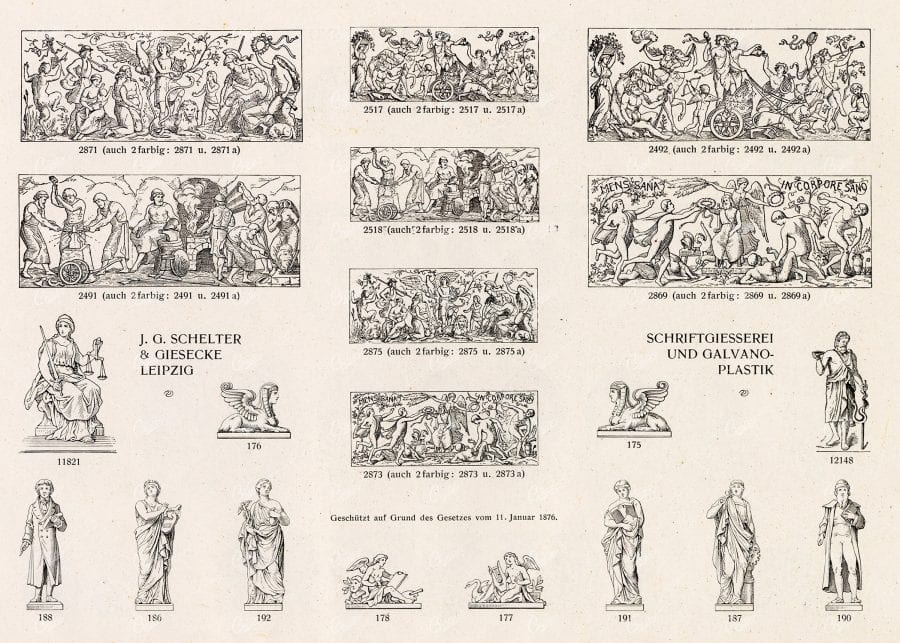
Support the Library
Our supporters and members help us continue collecting and restoring these wonderful pieces of art for the modern creator
Unlock Everything and Become a Member!
While a lot of the library is available for free, some is kept behind closed dusty doors only to be accessed by our lovely members.
